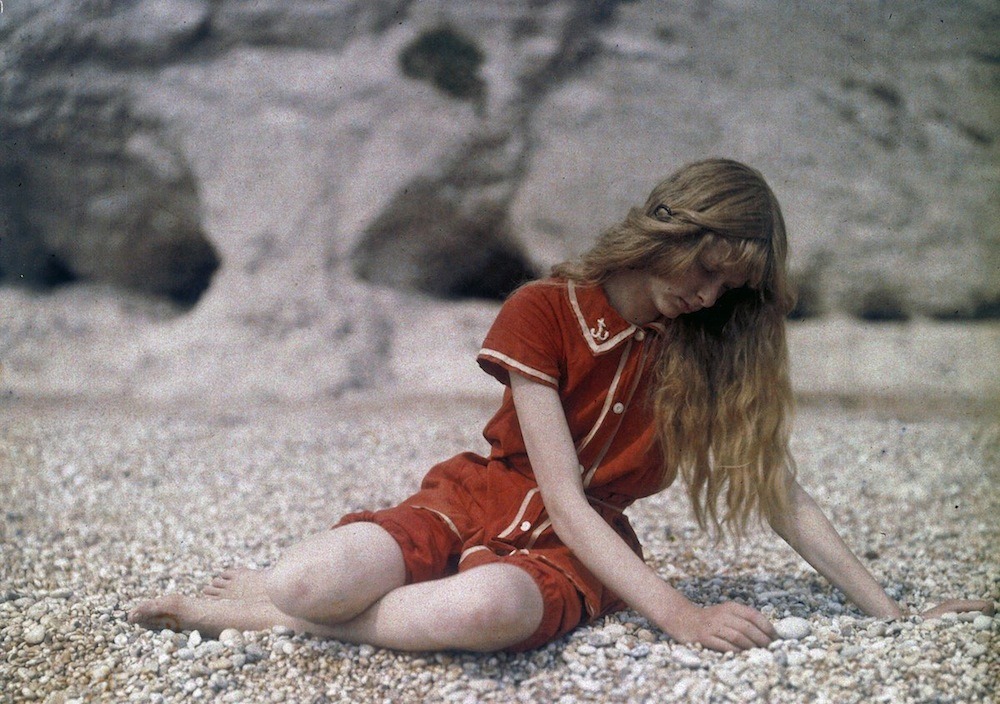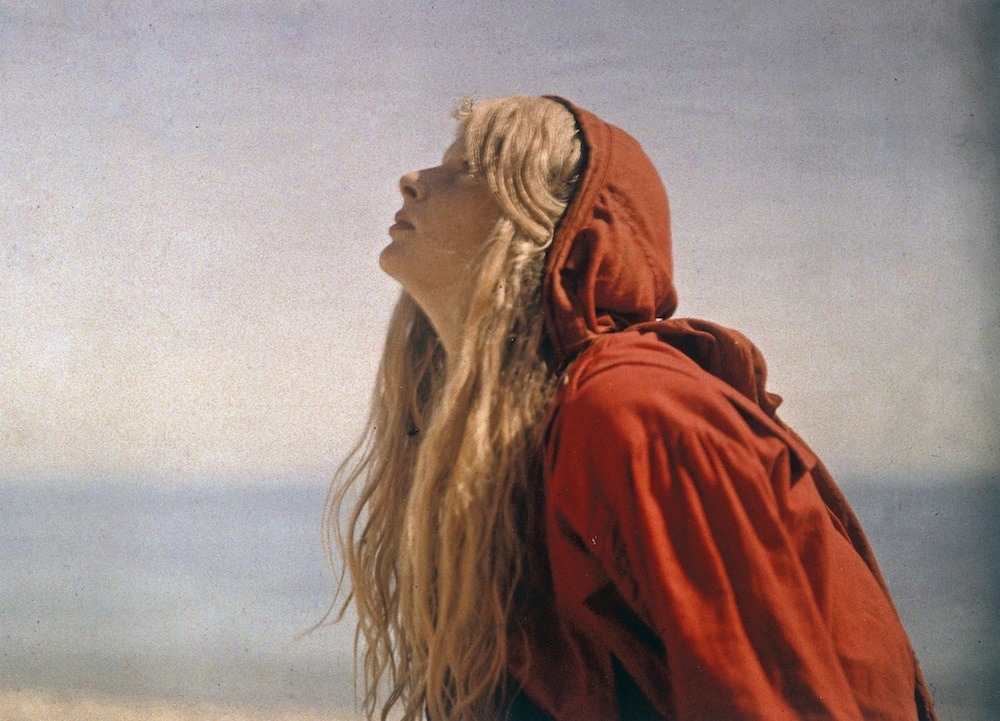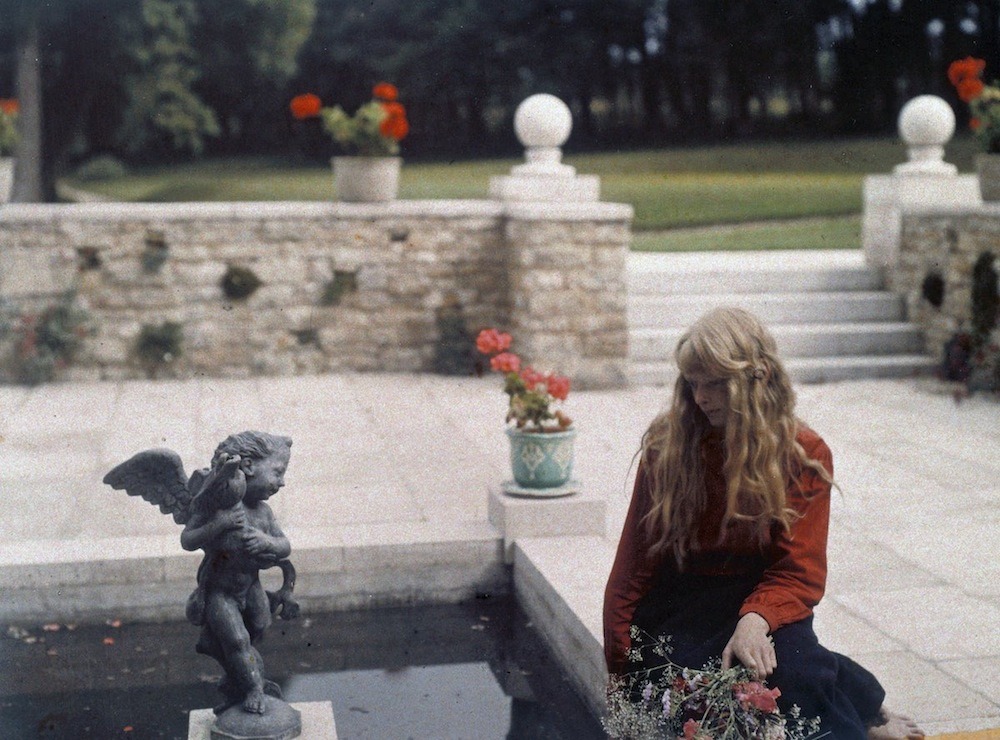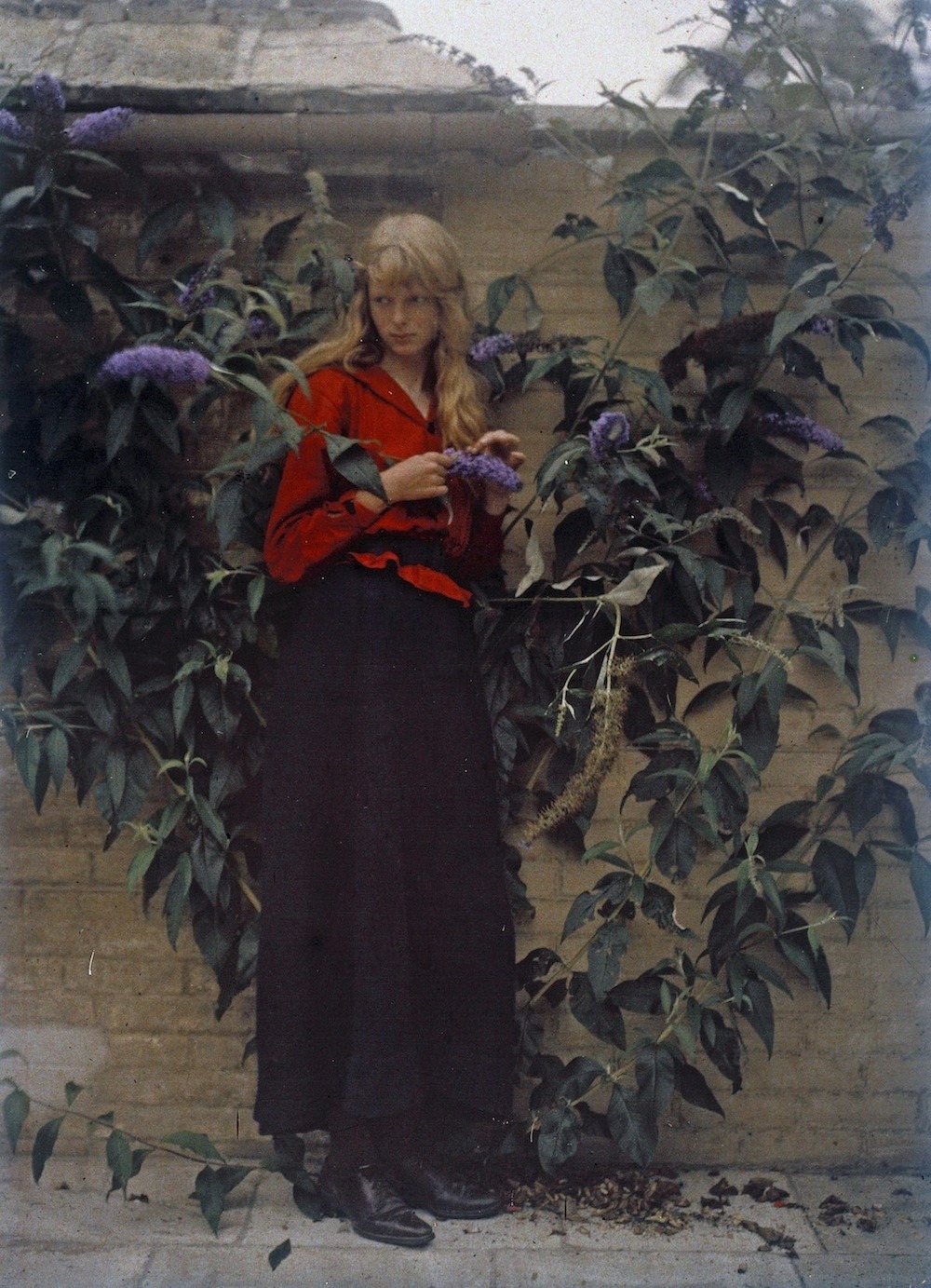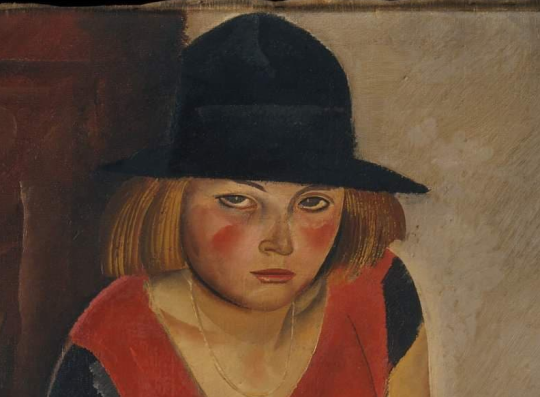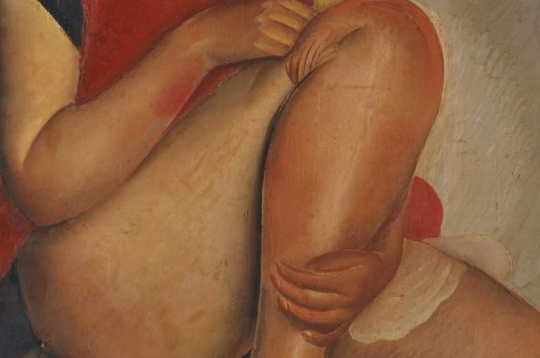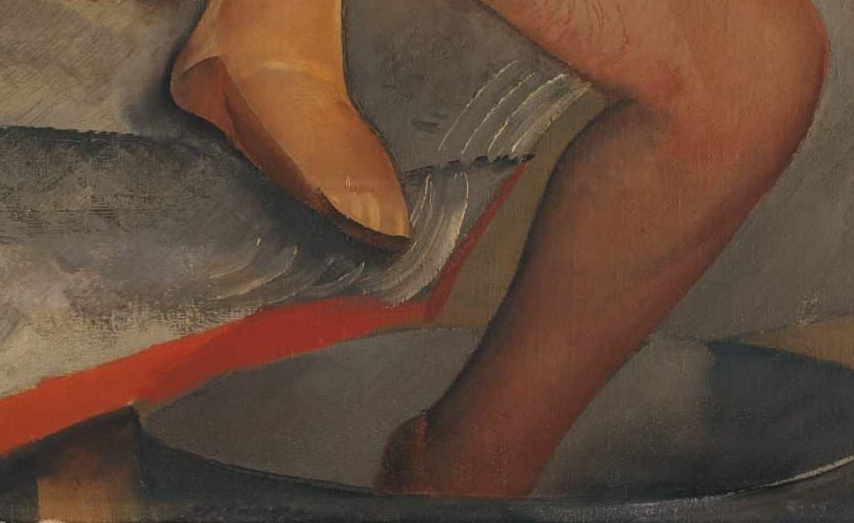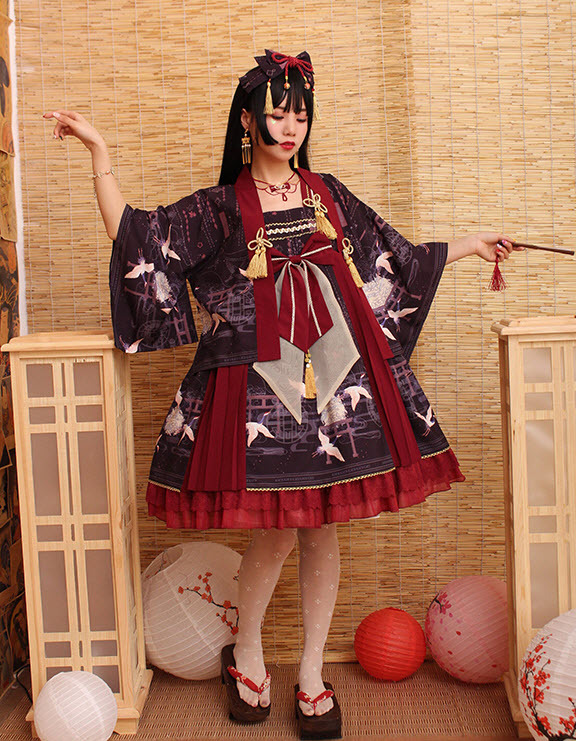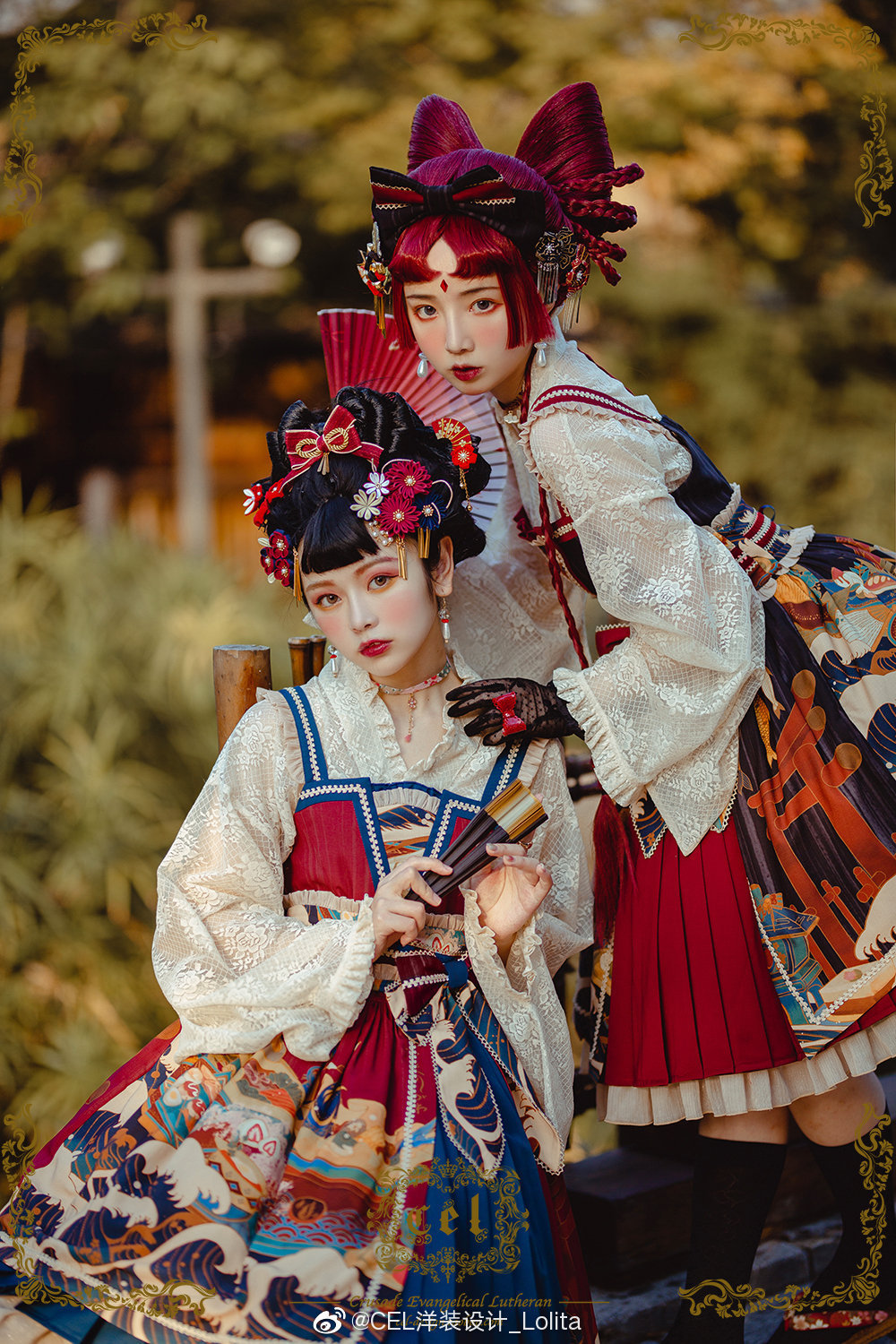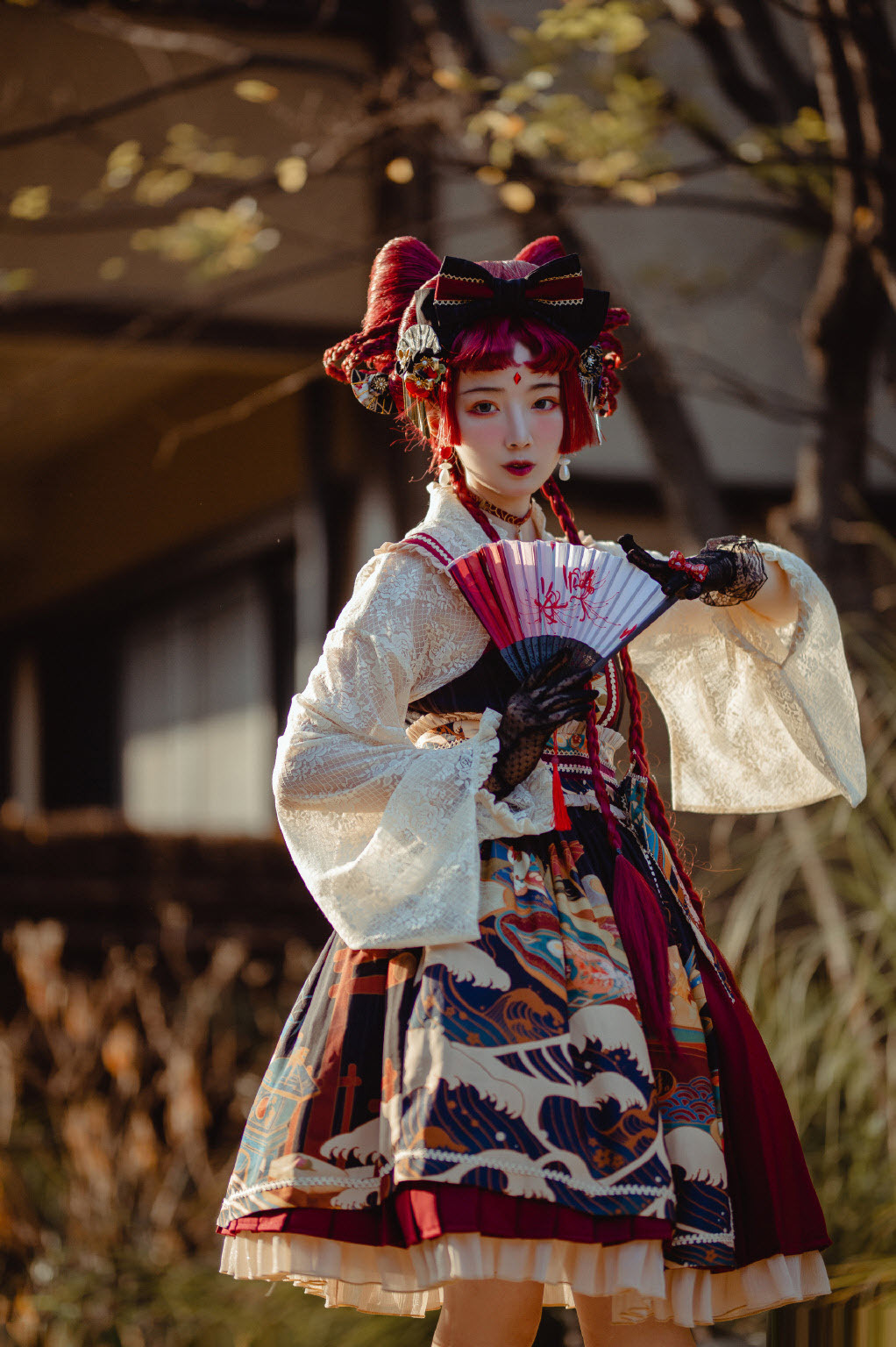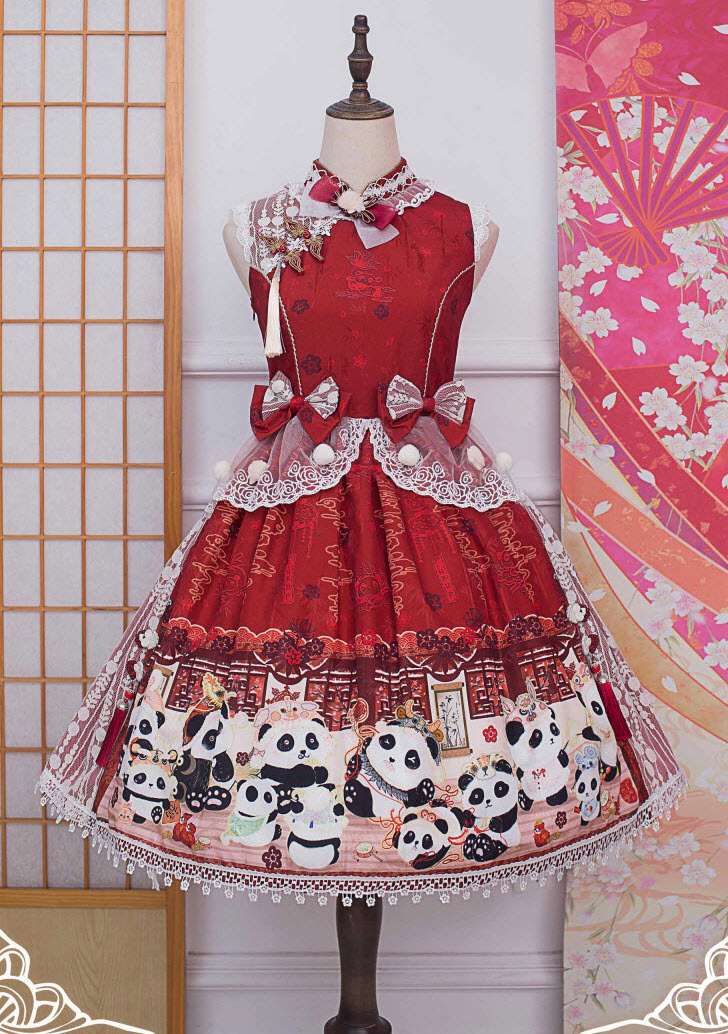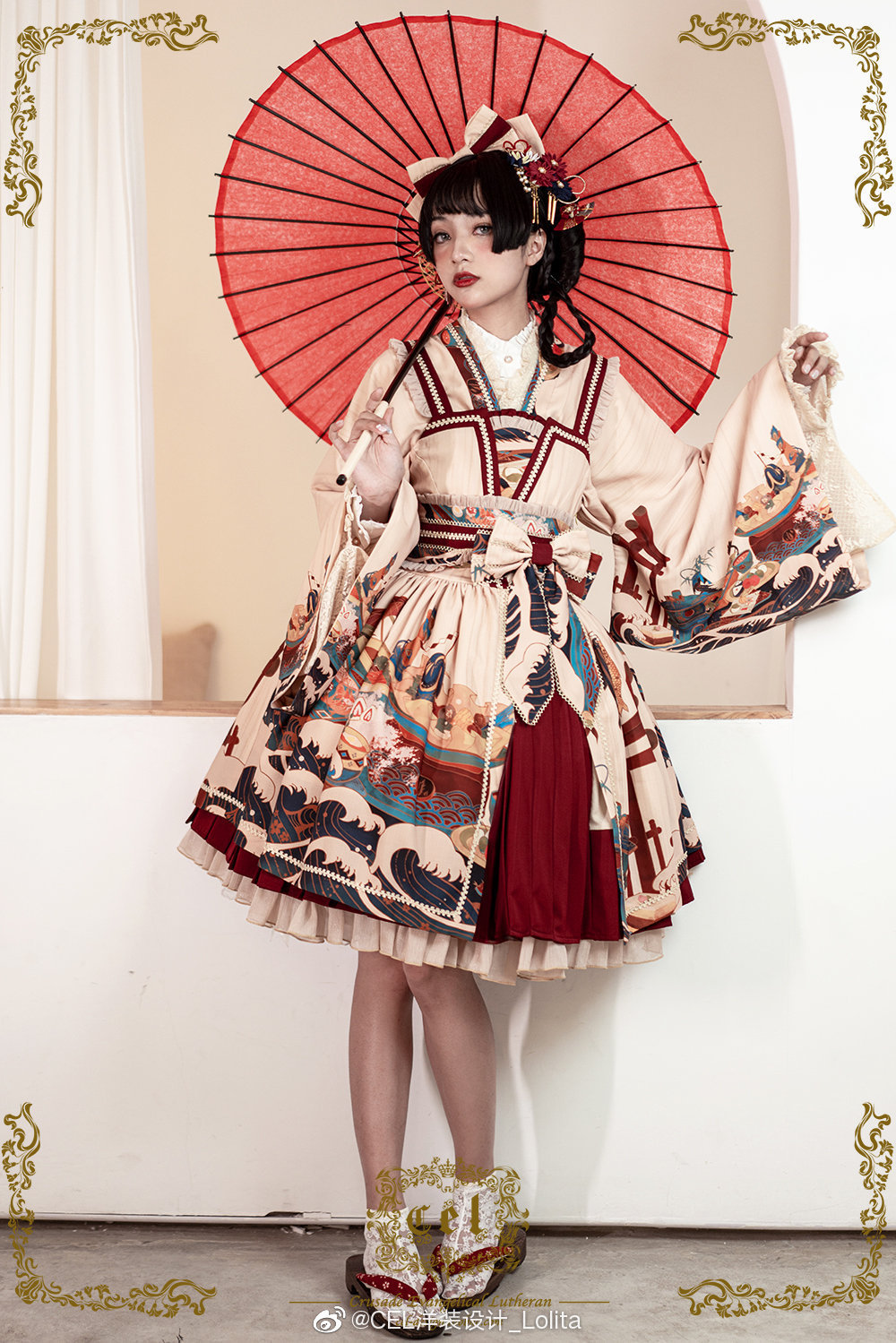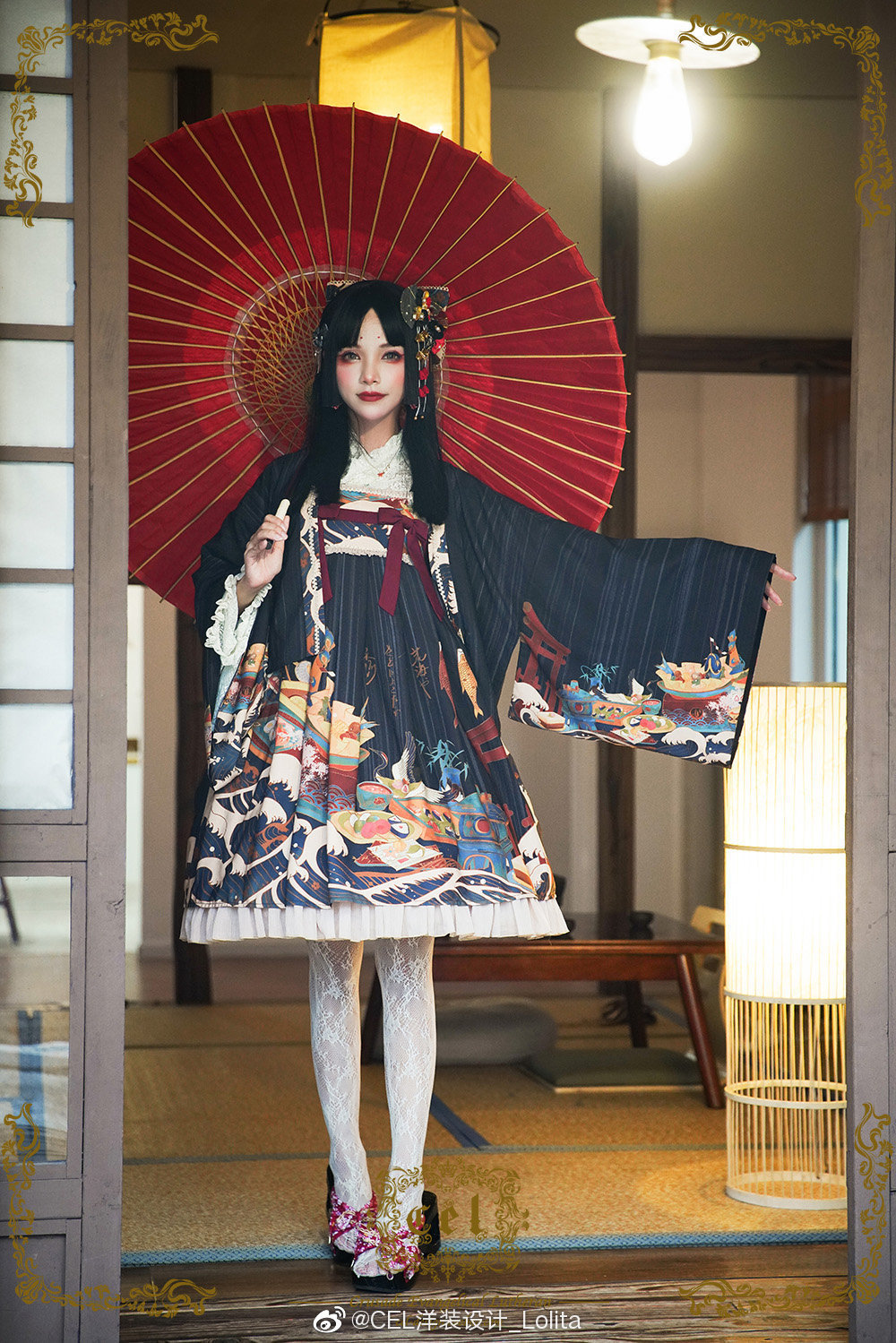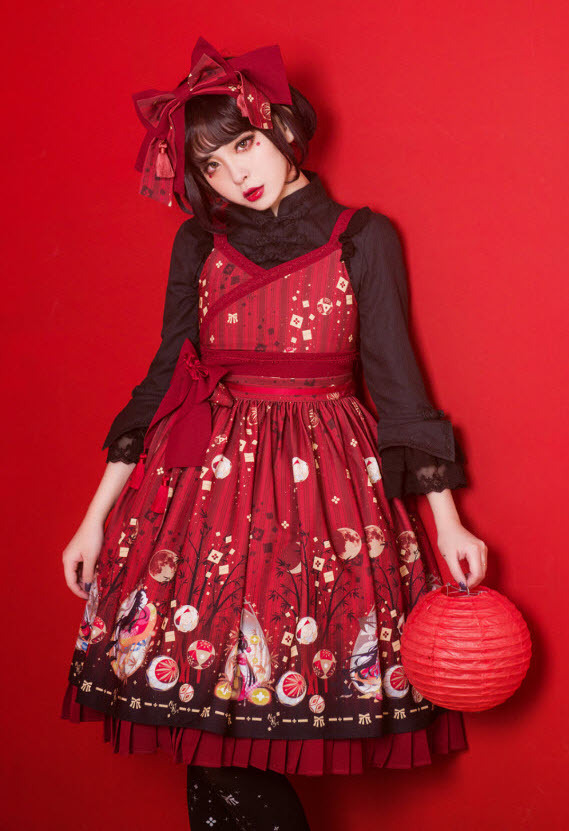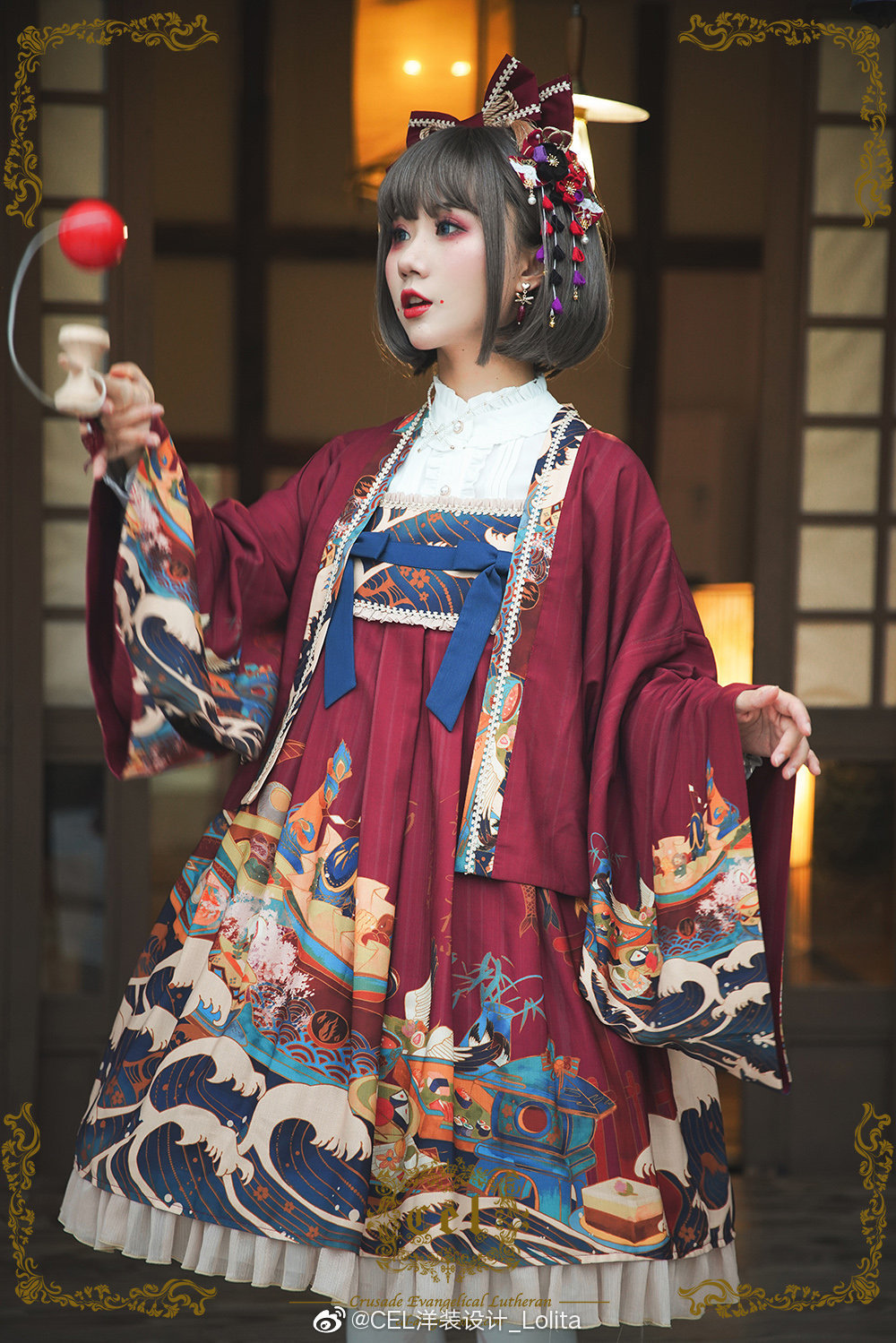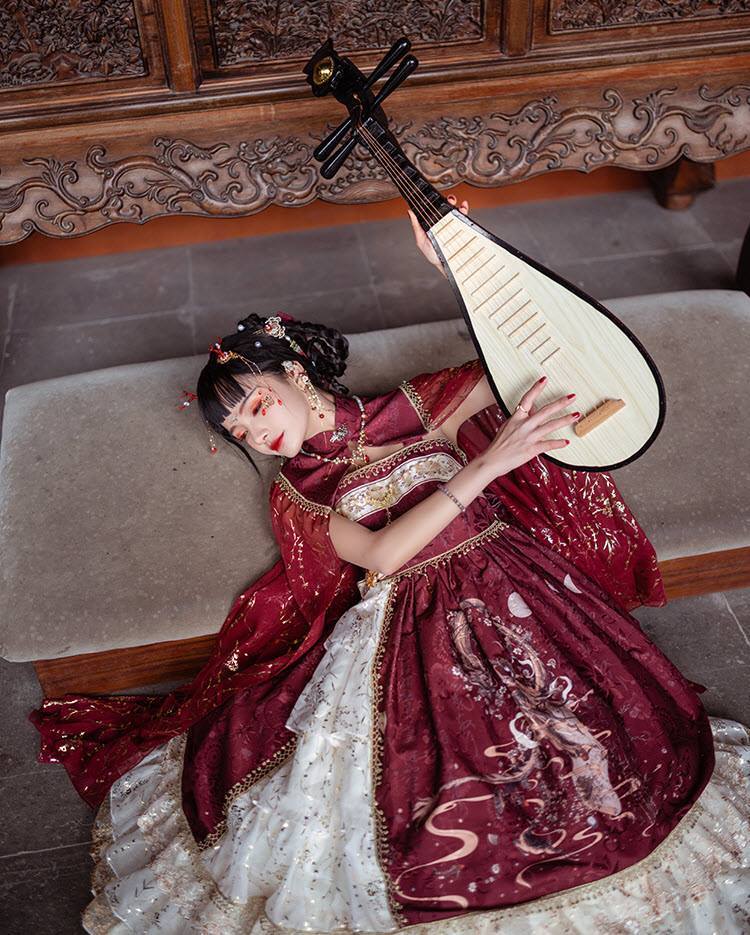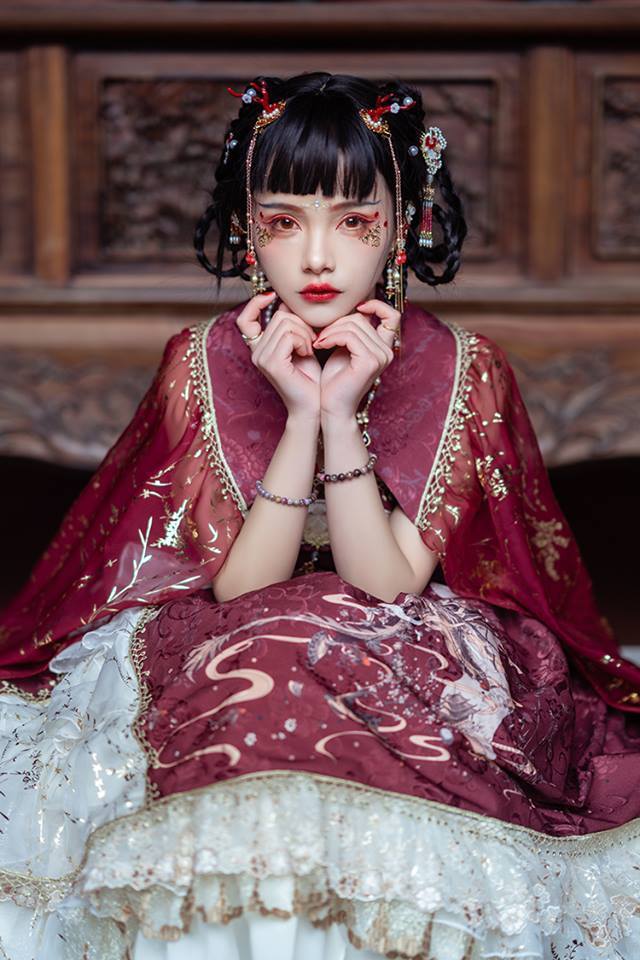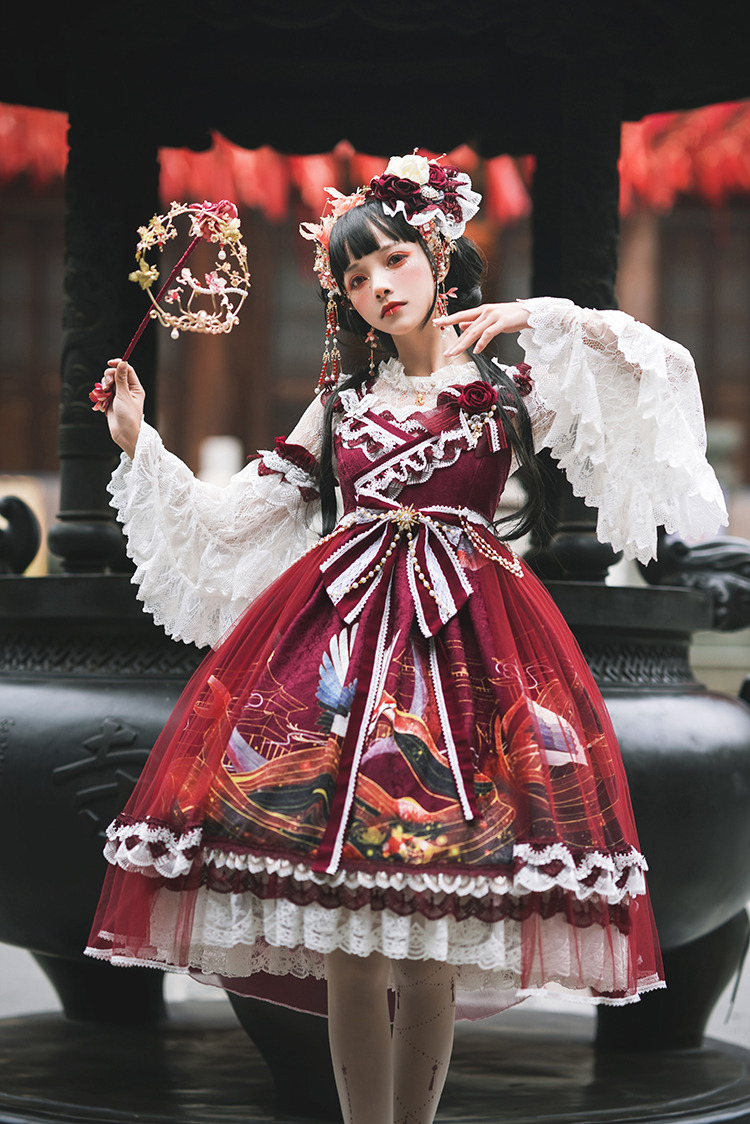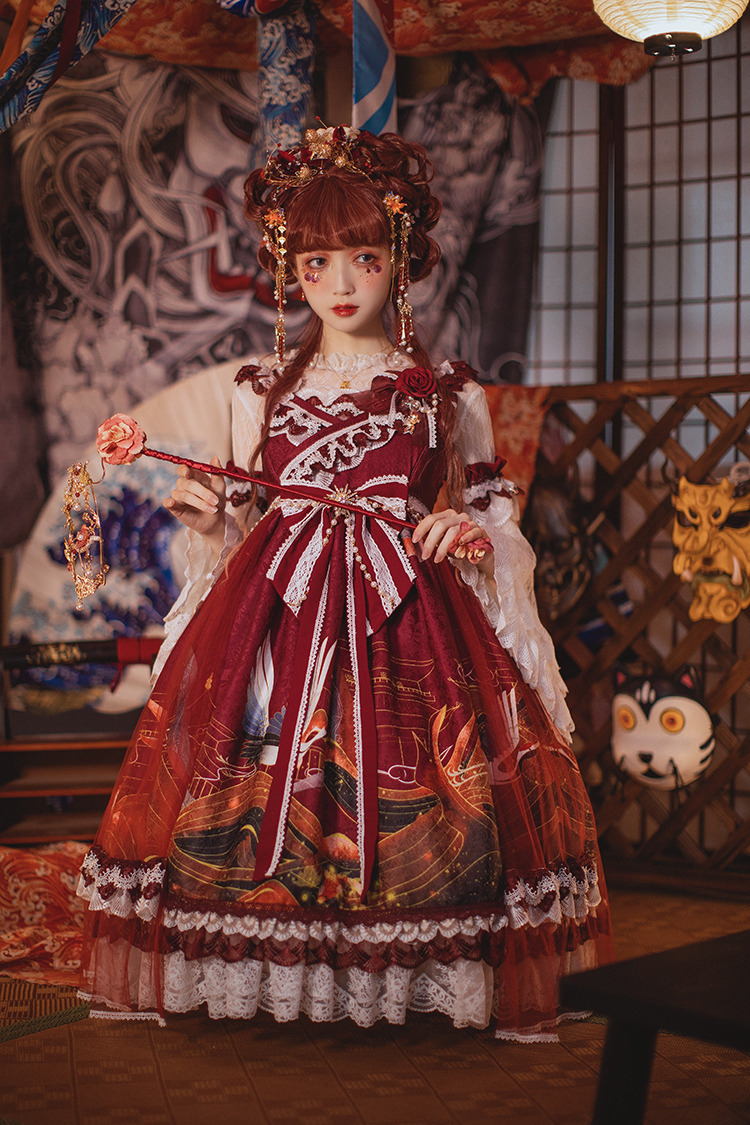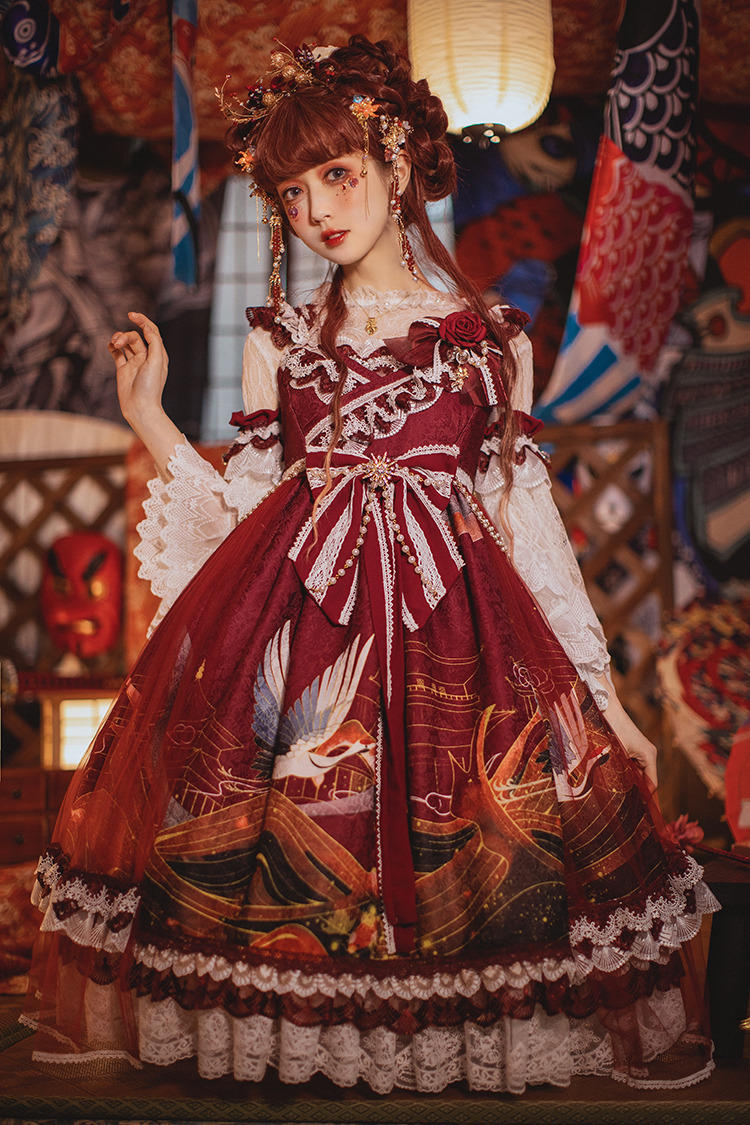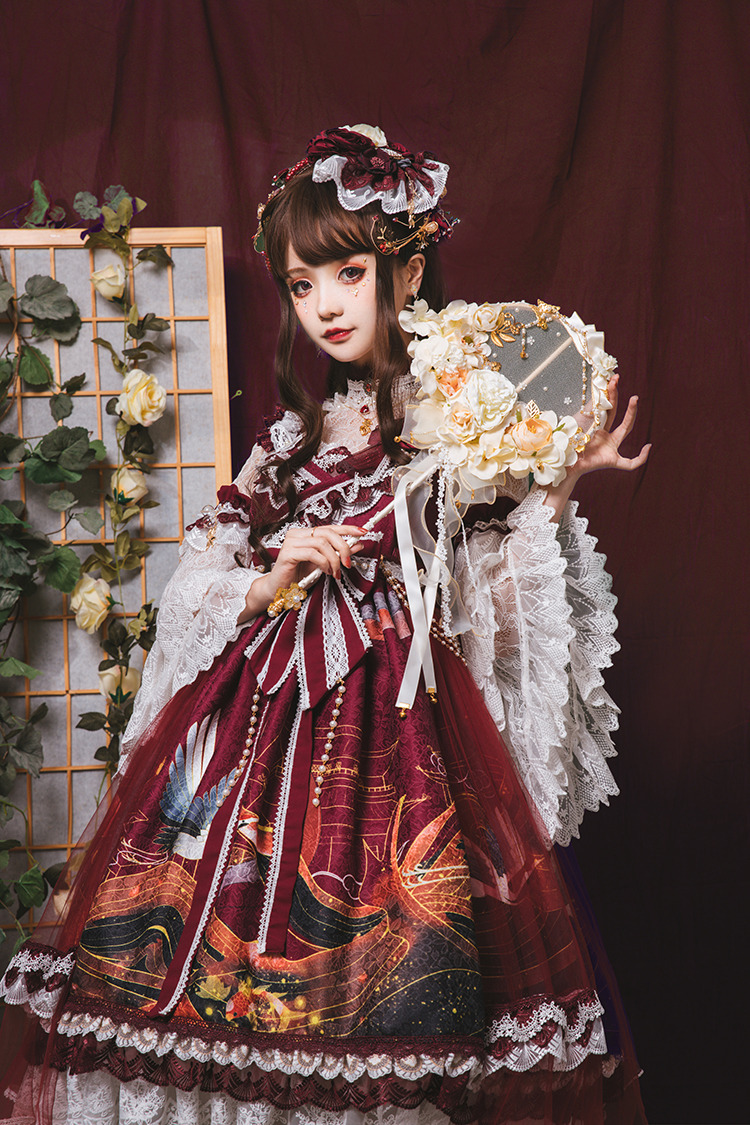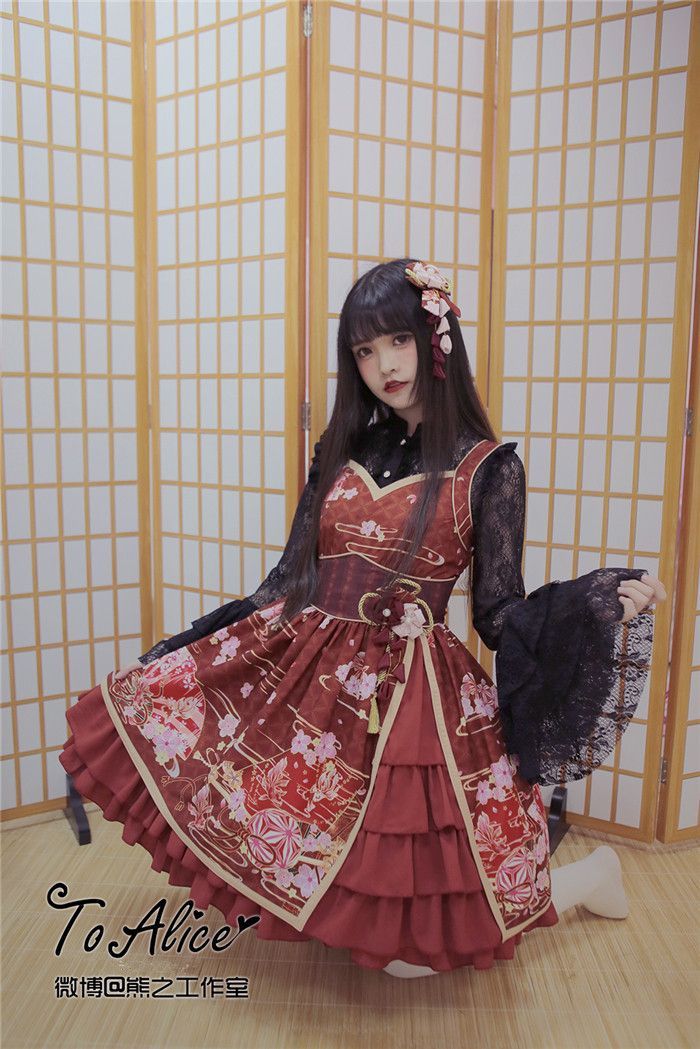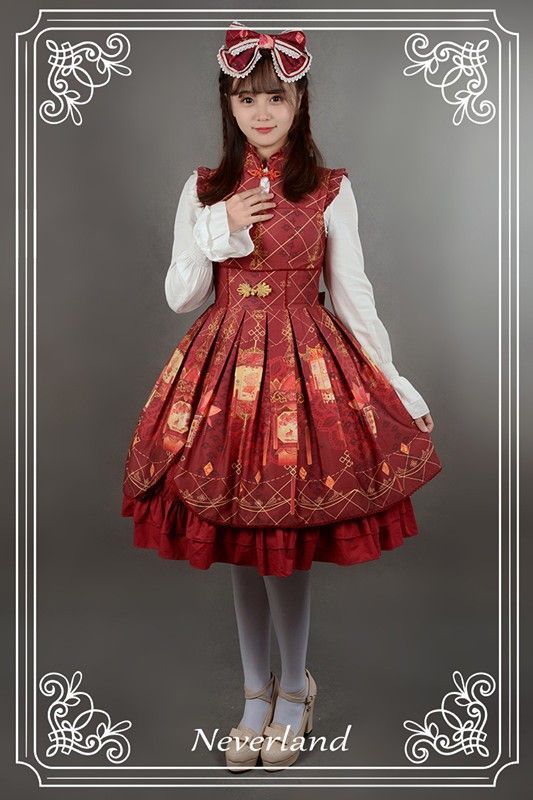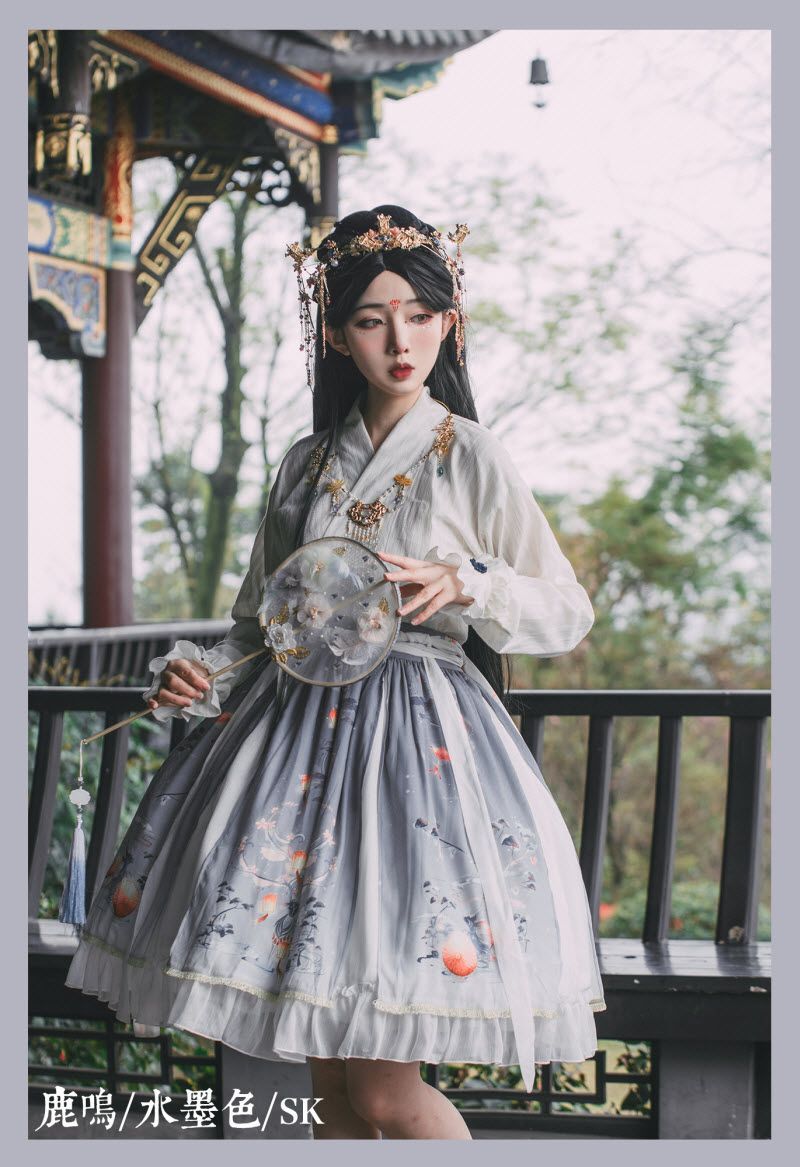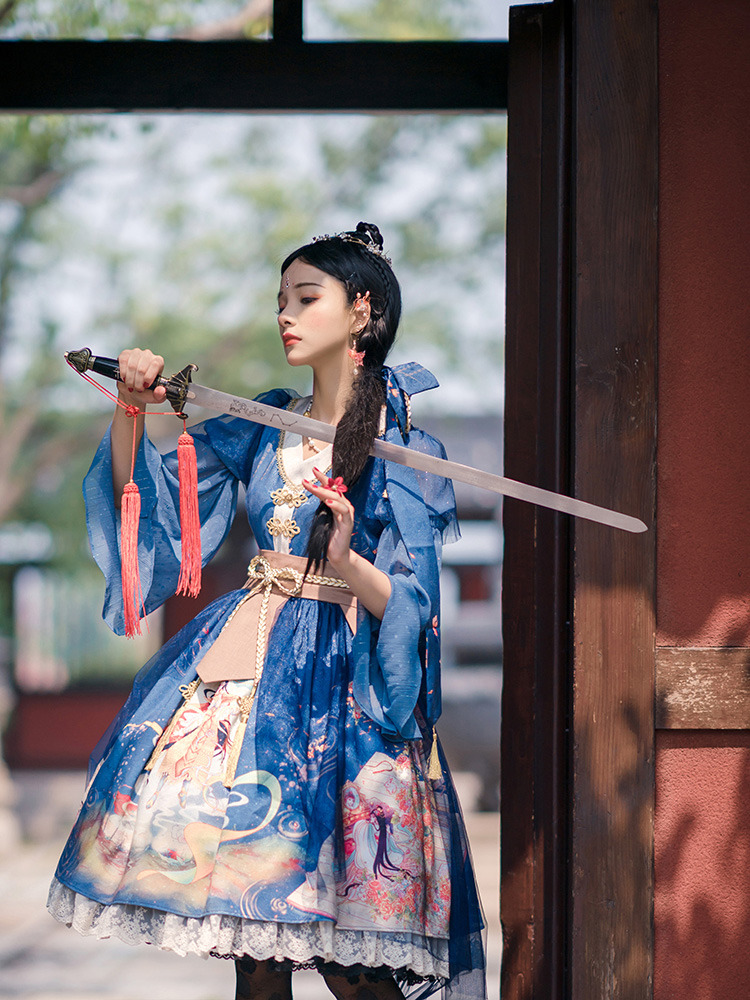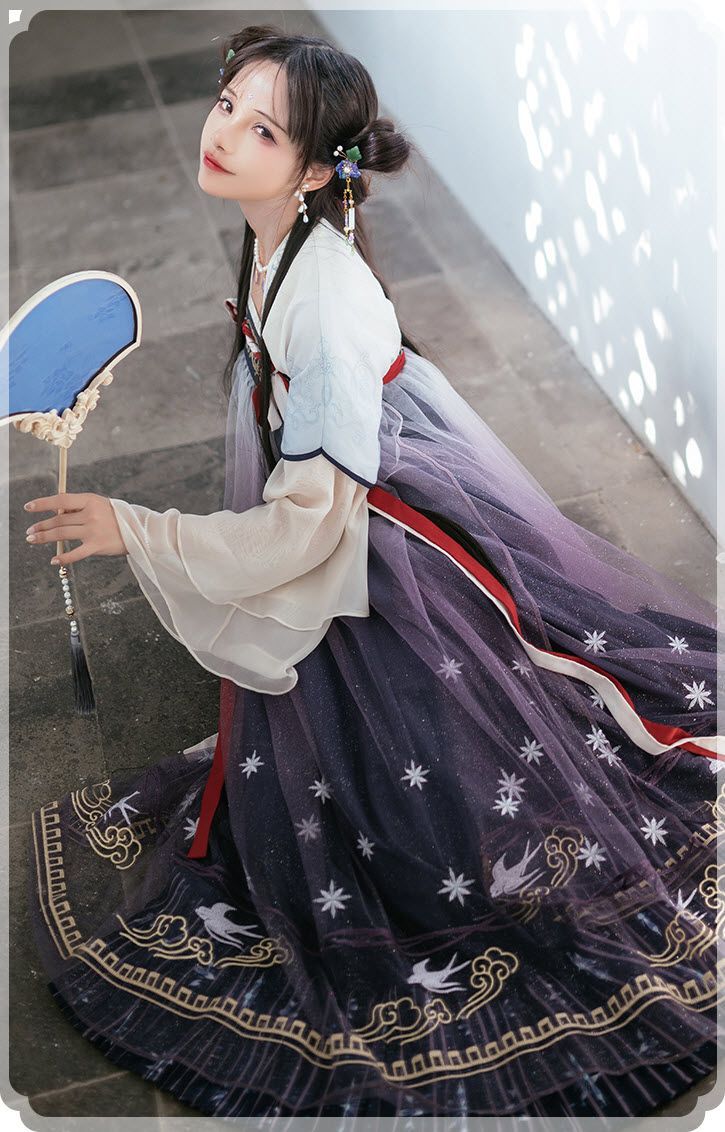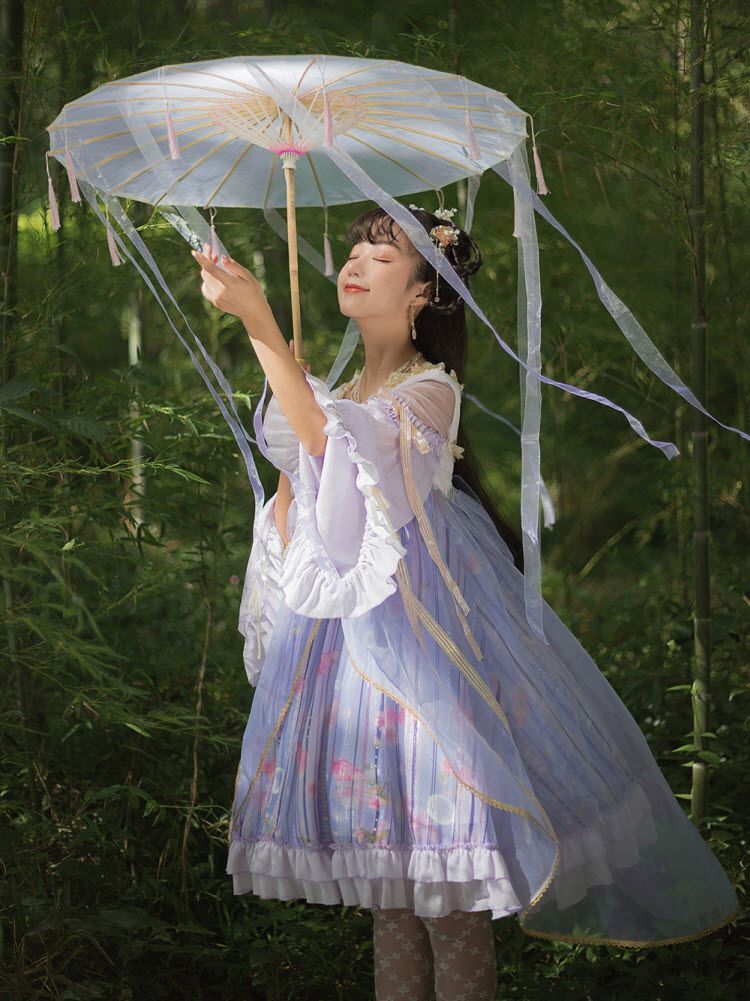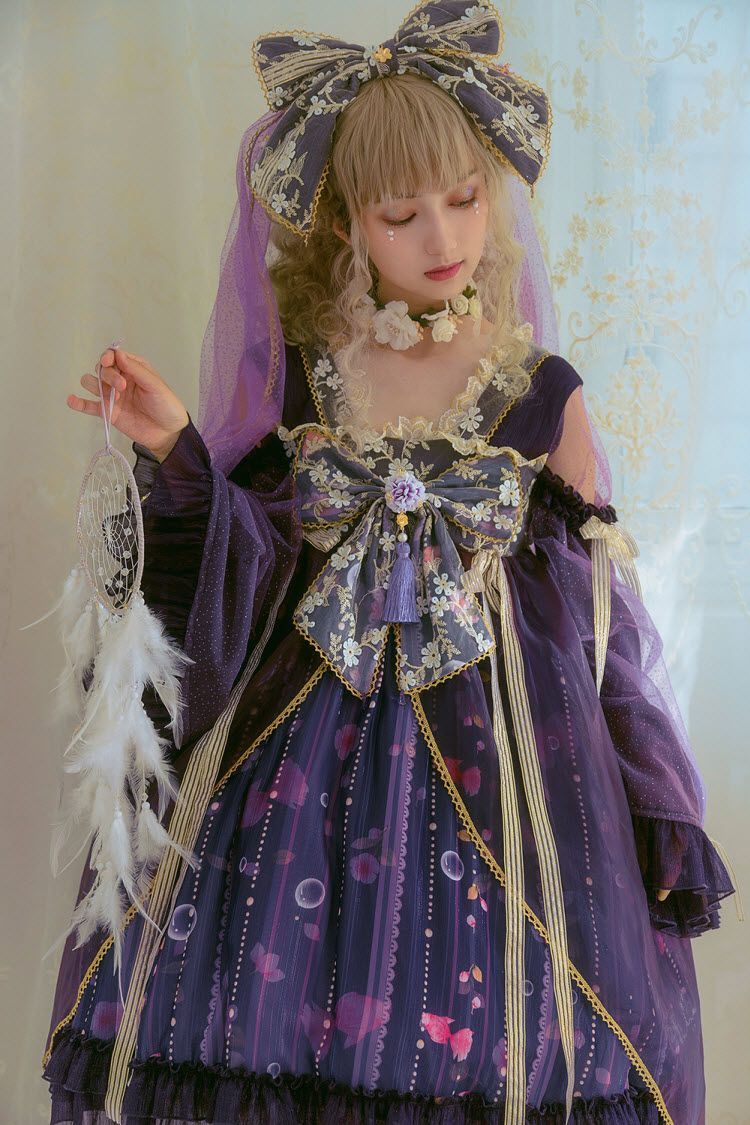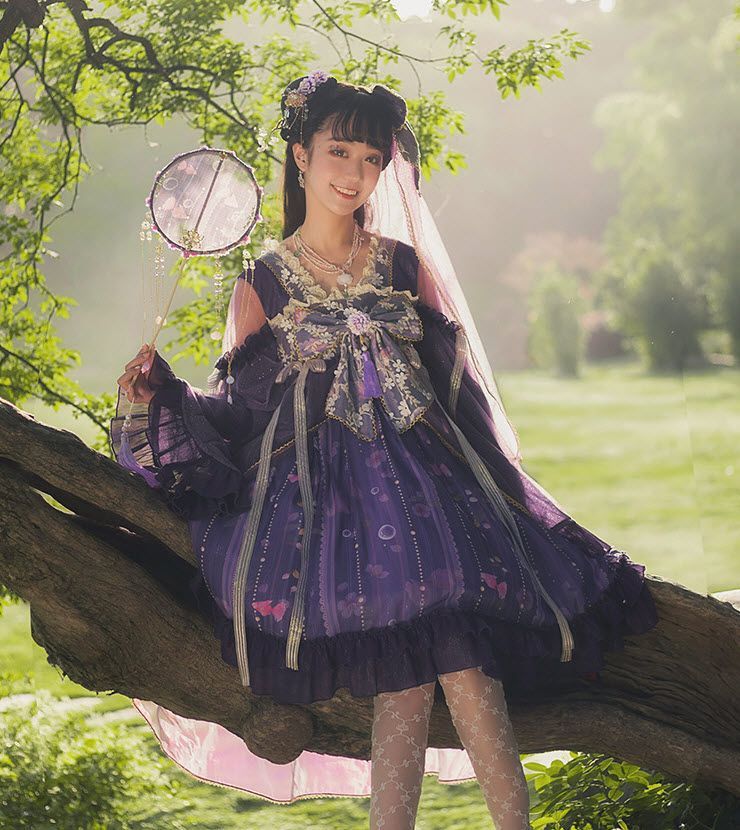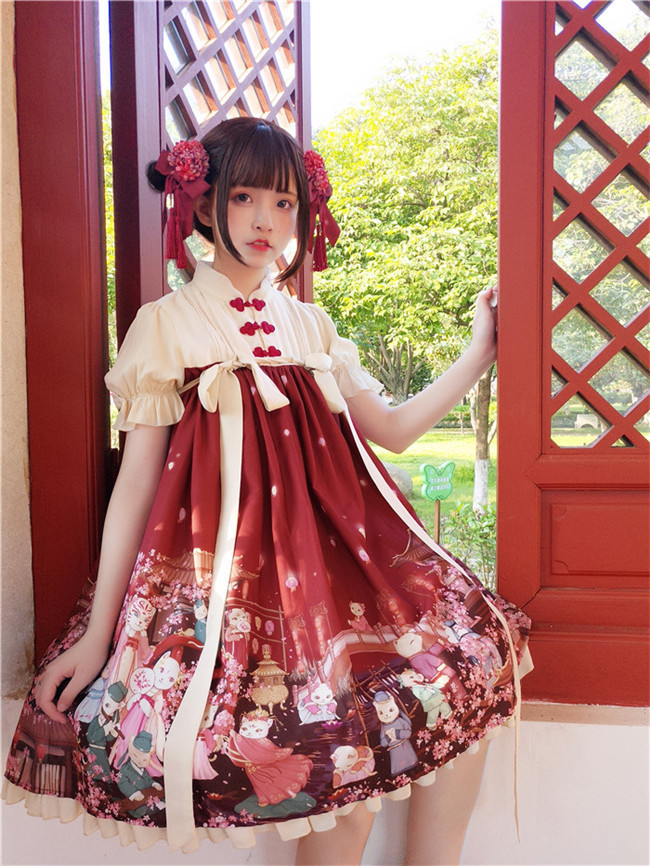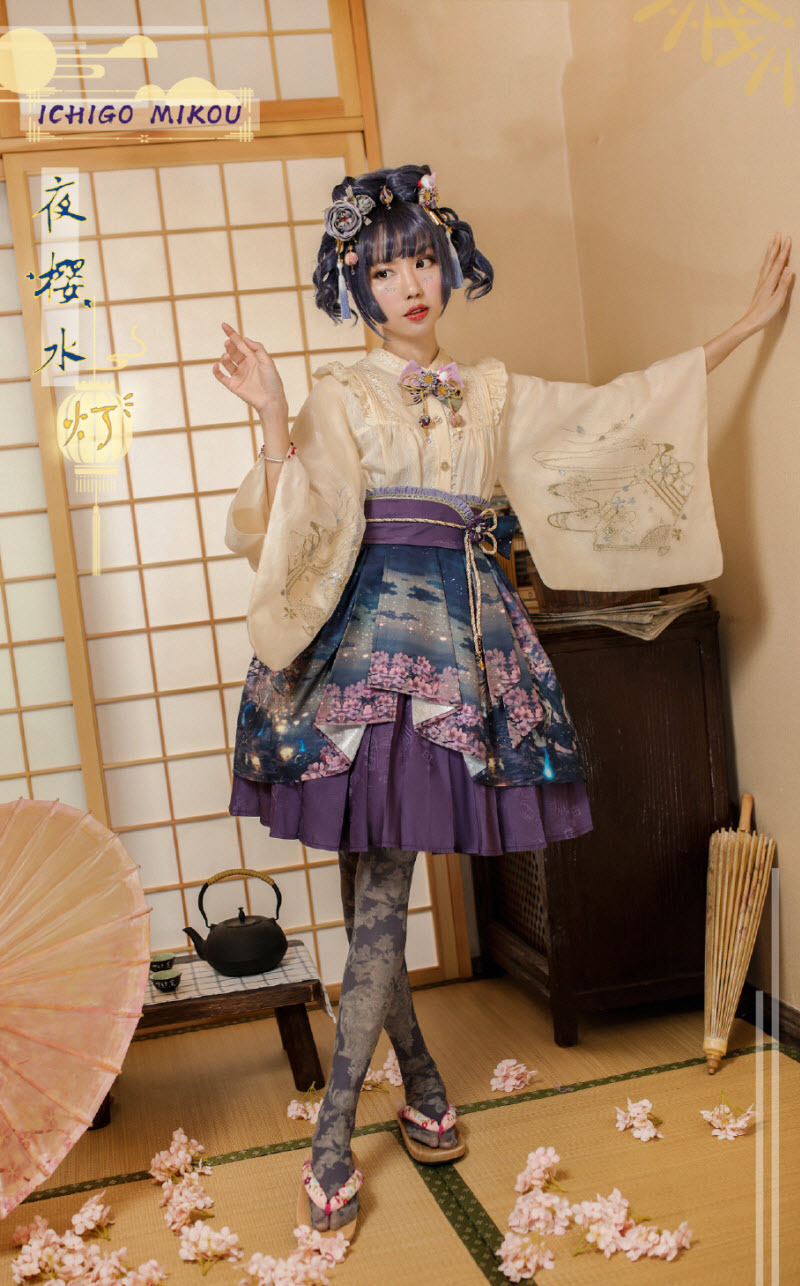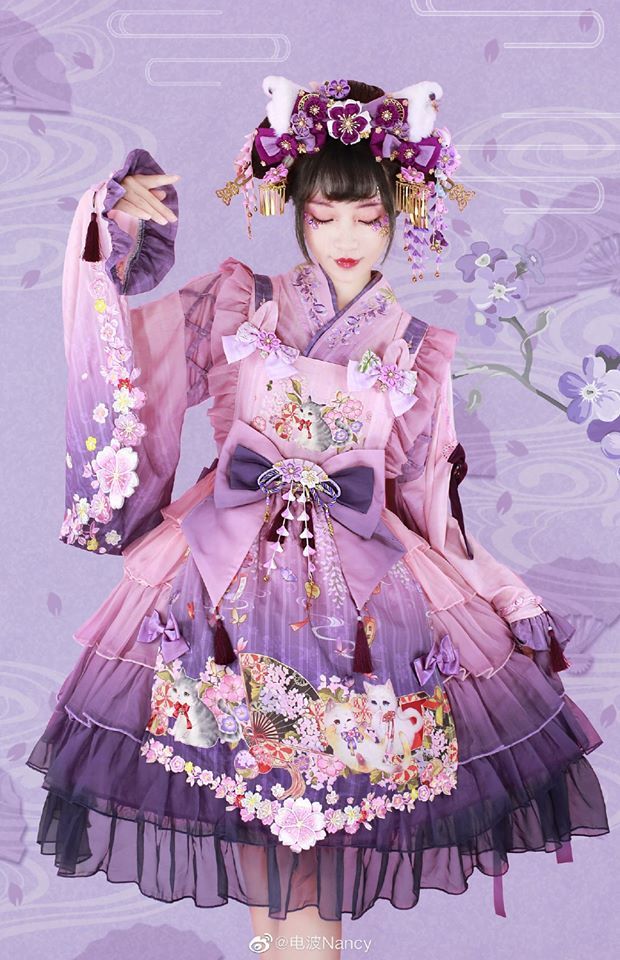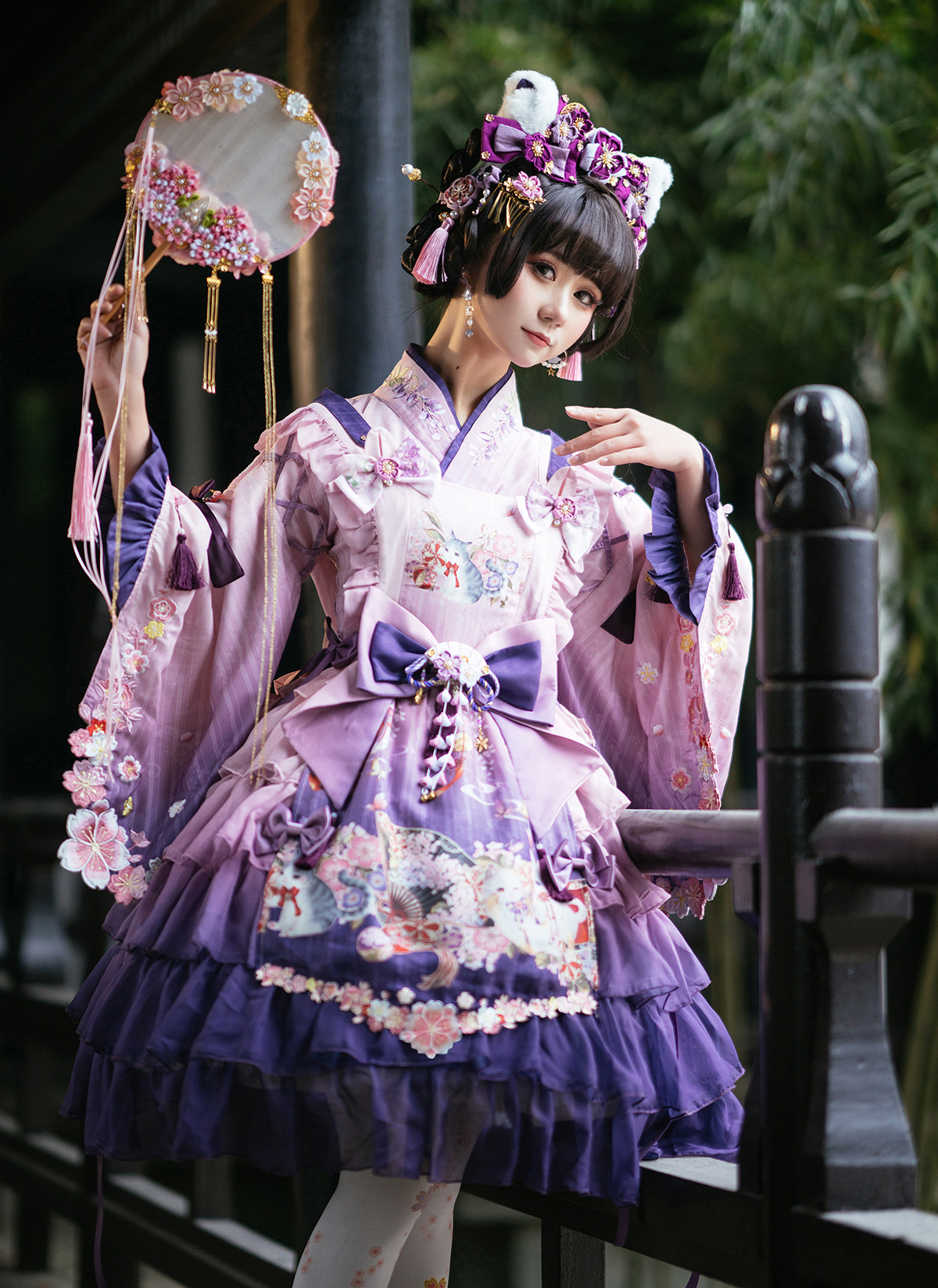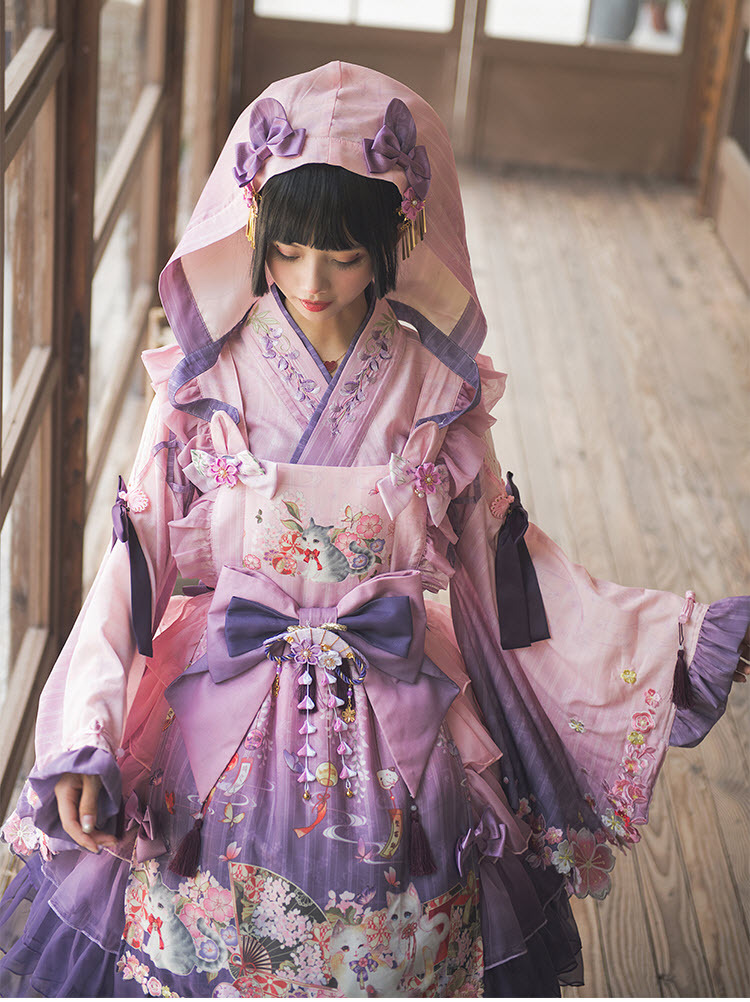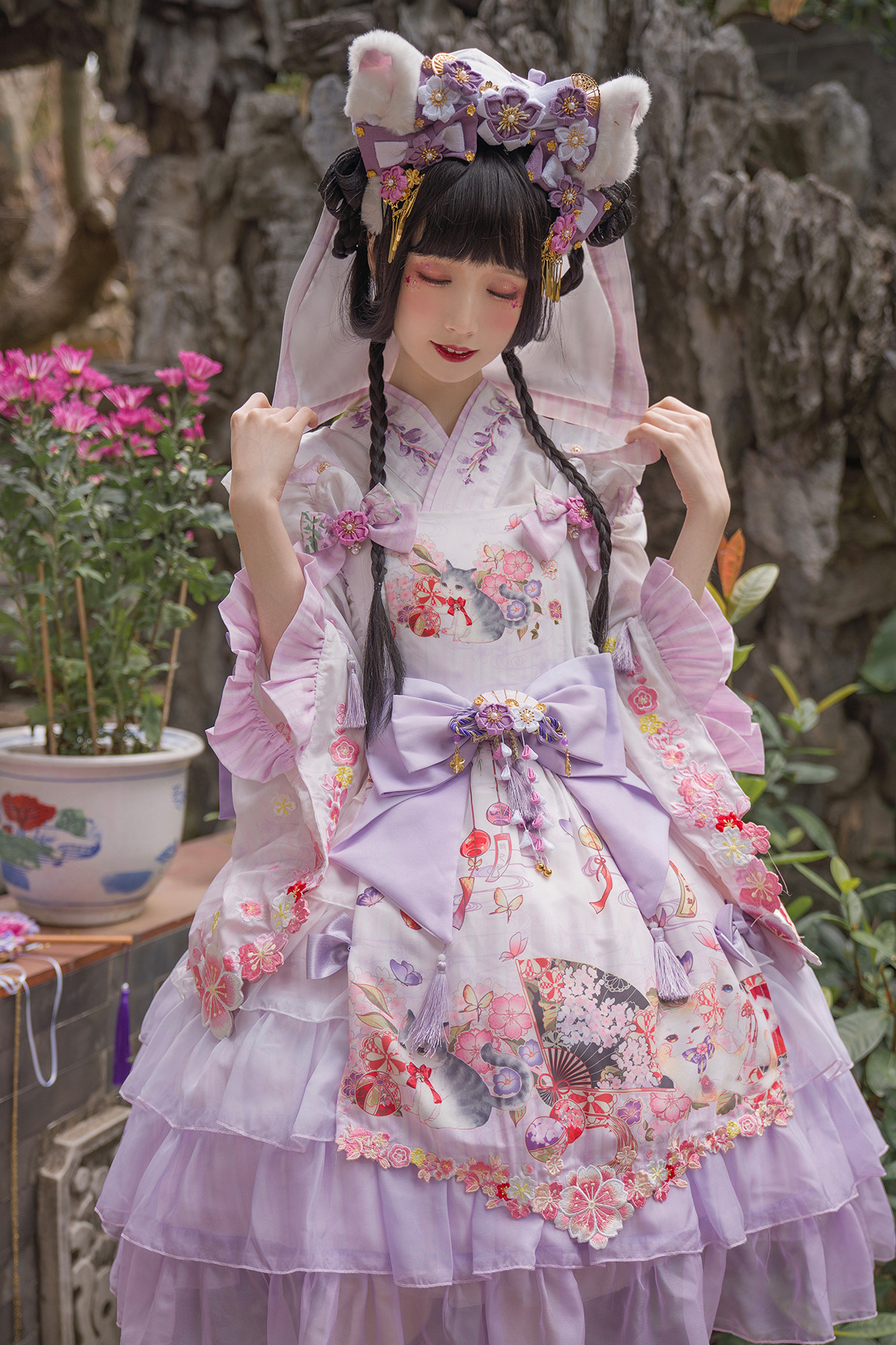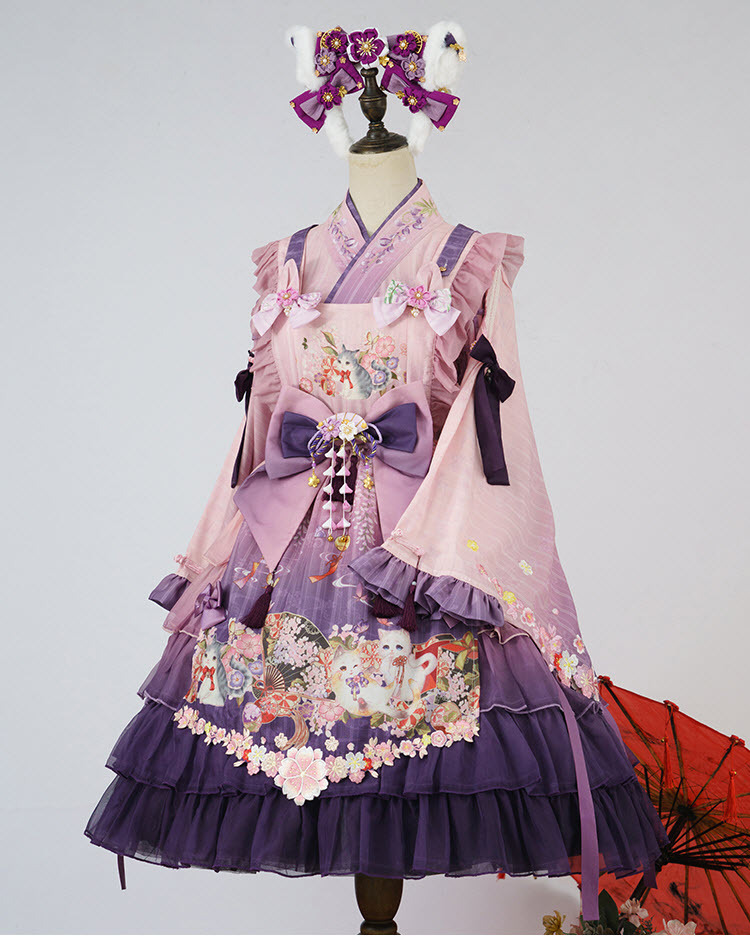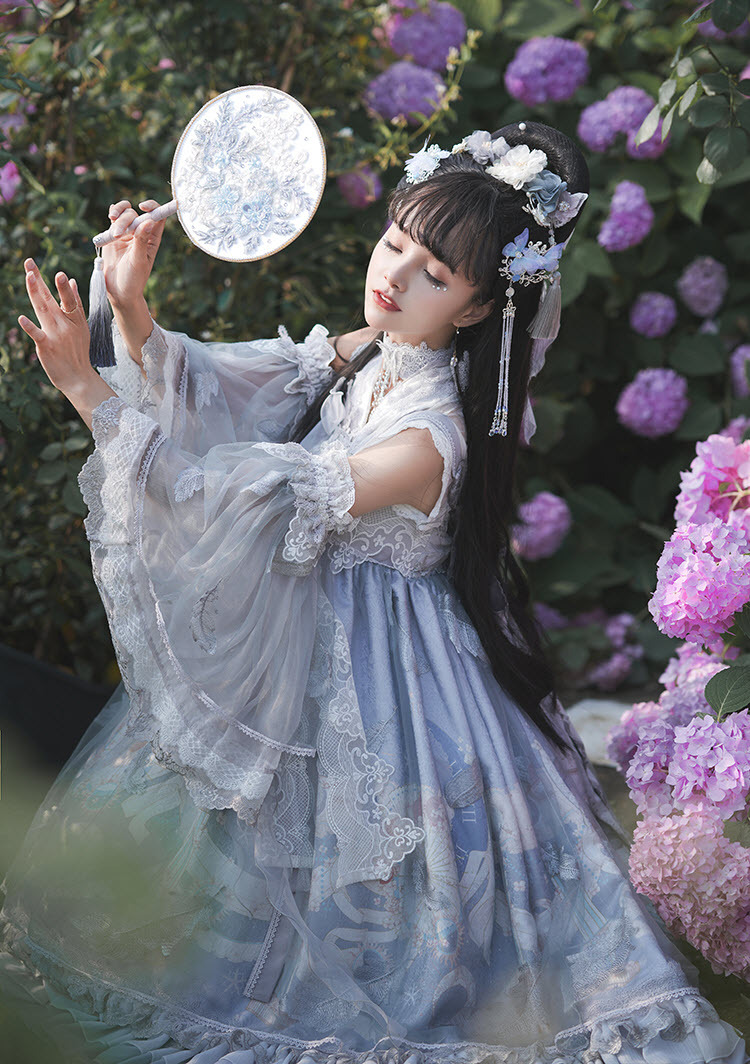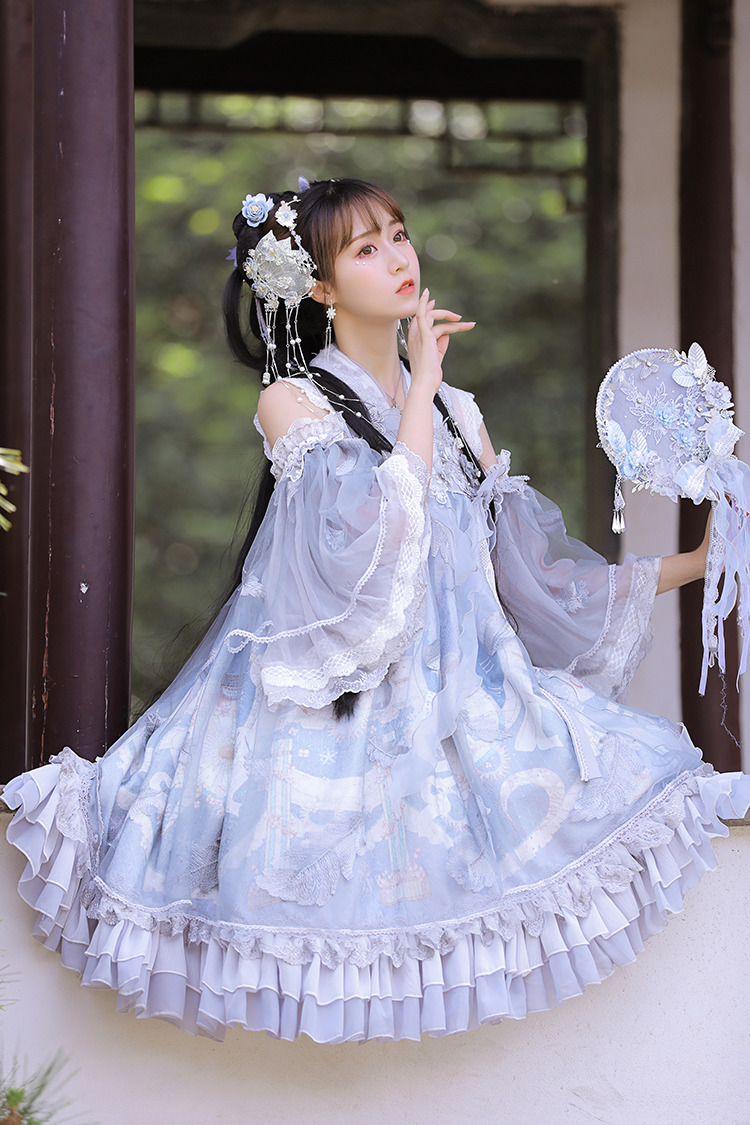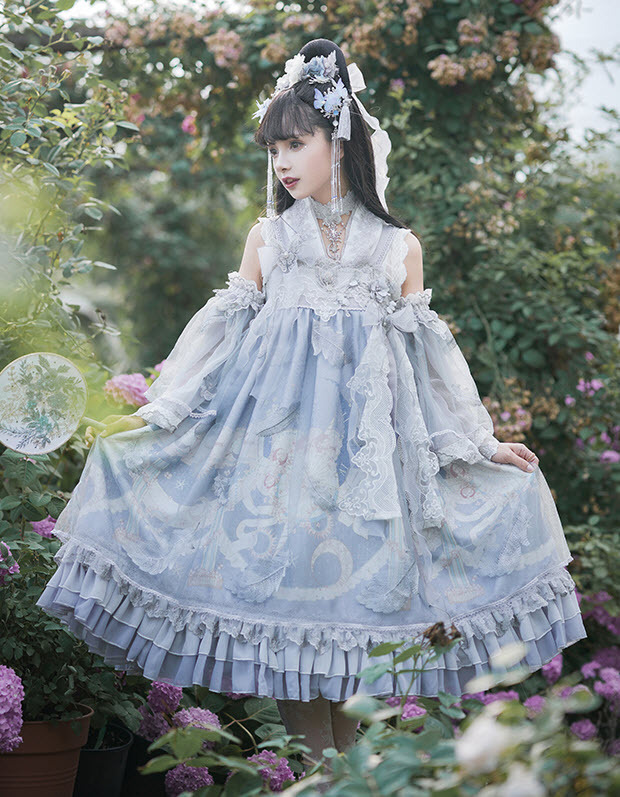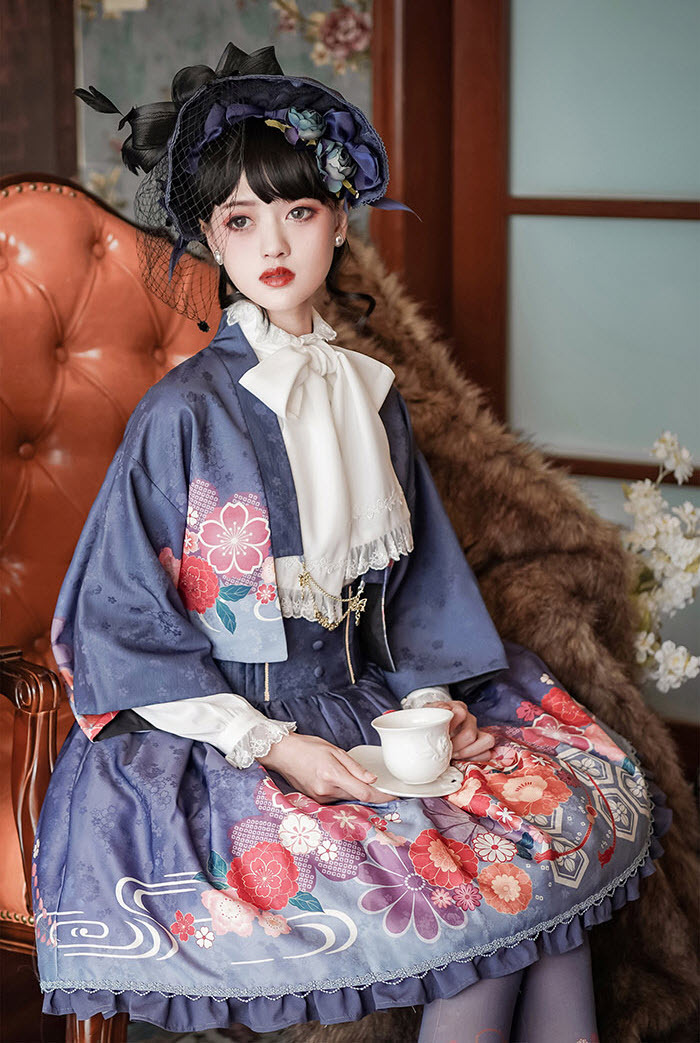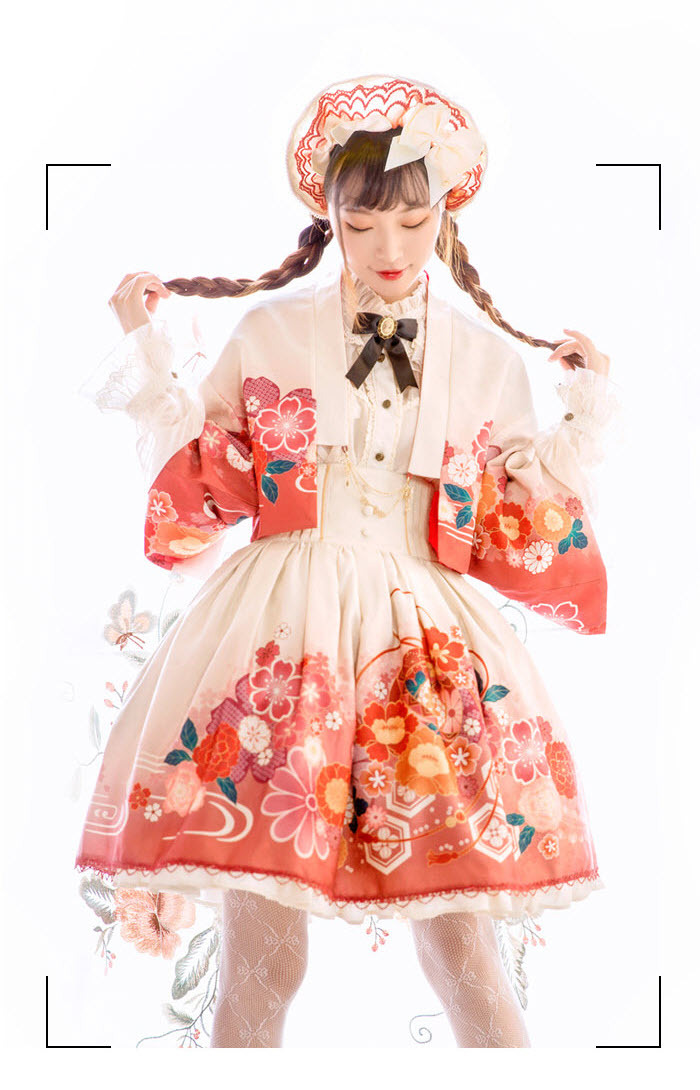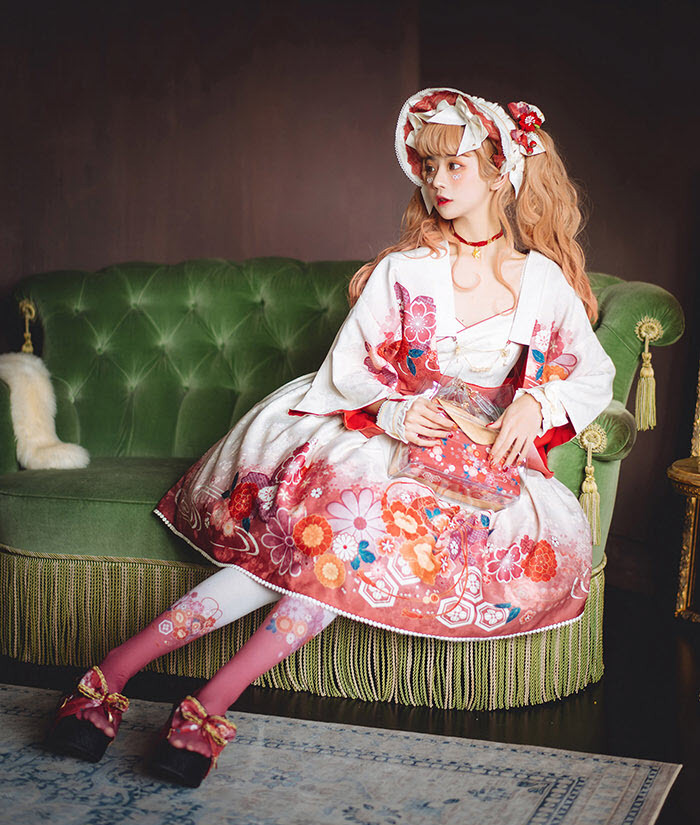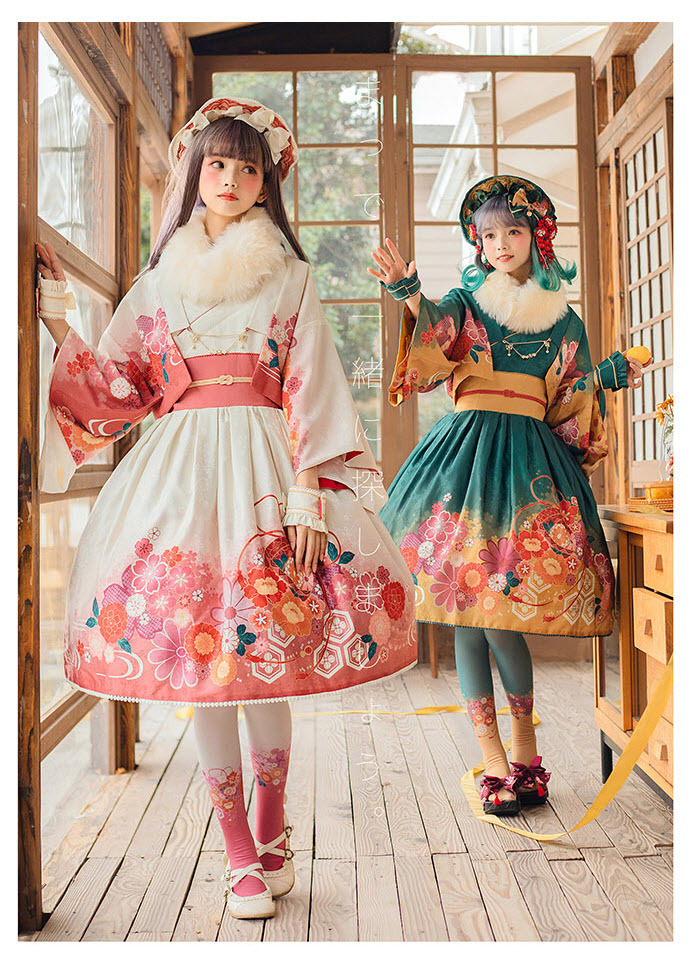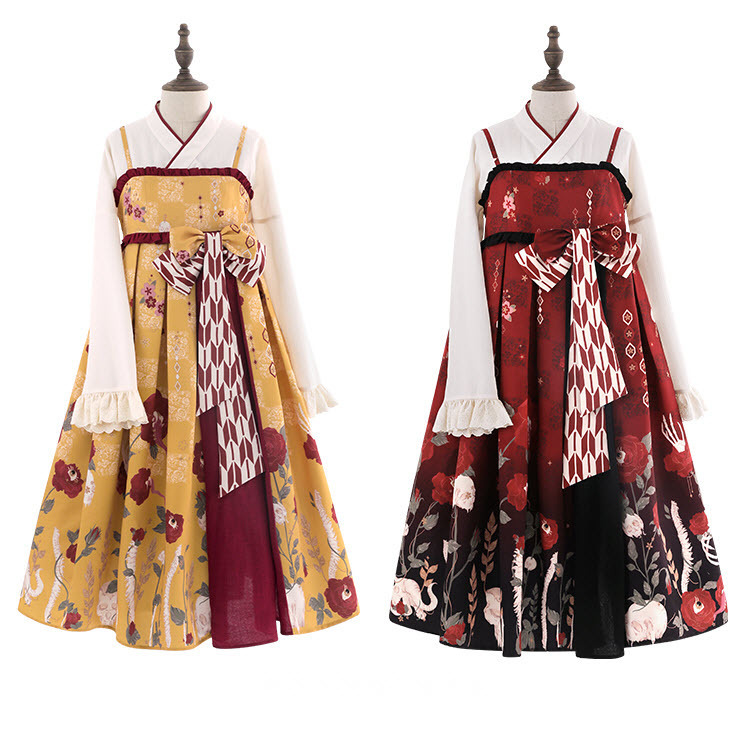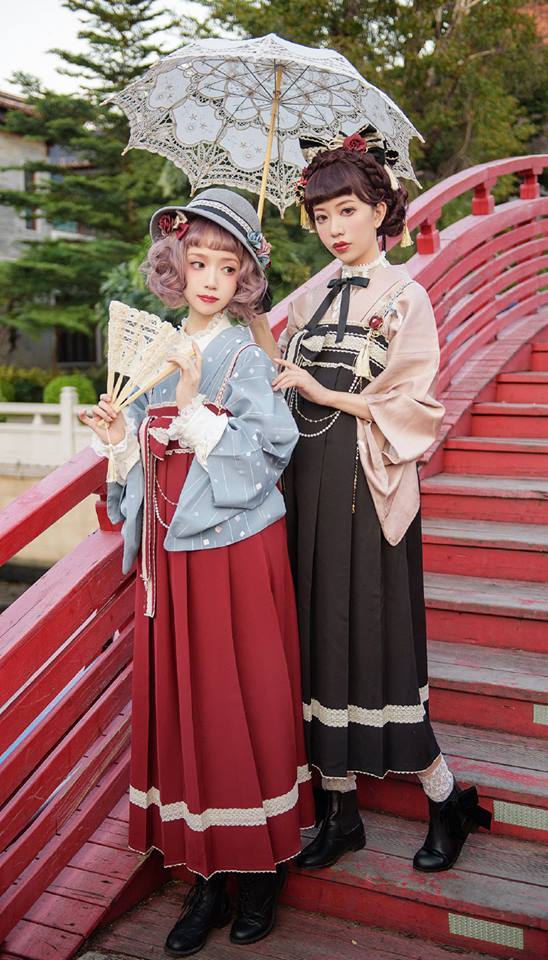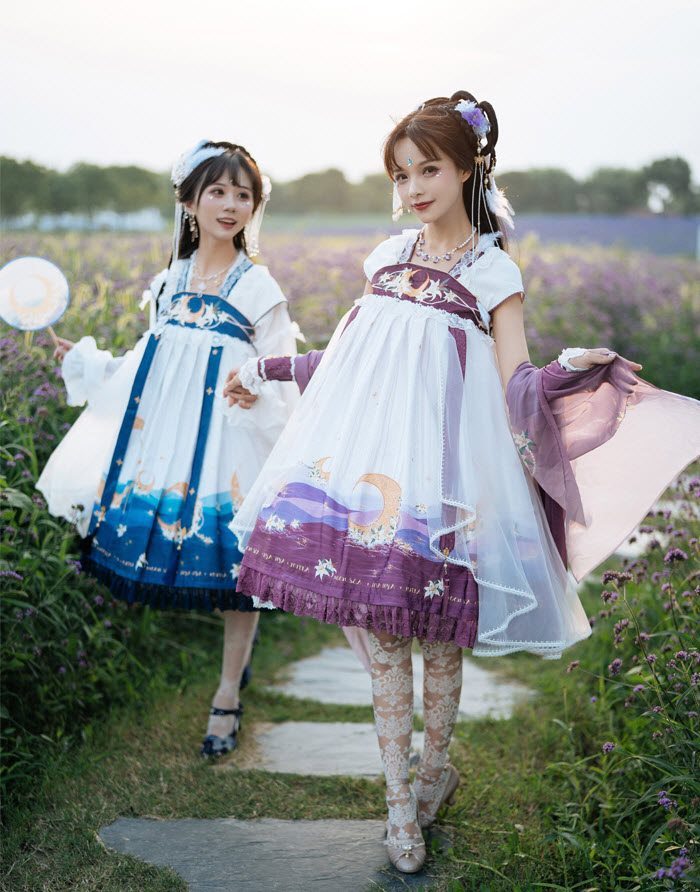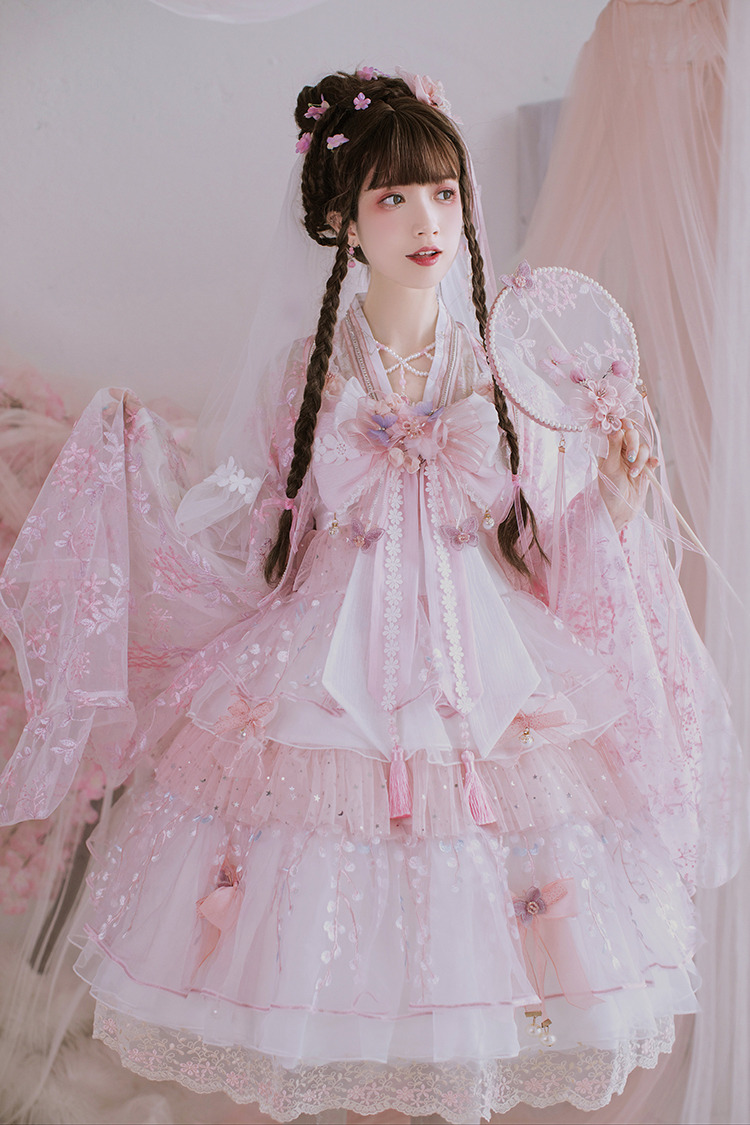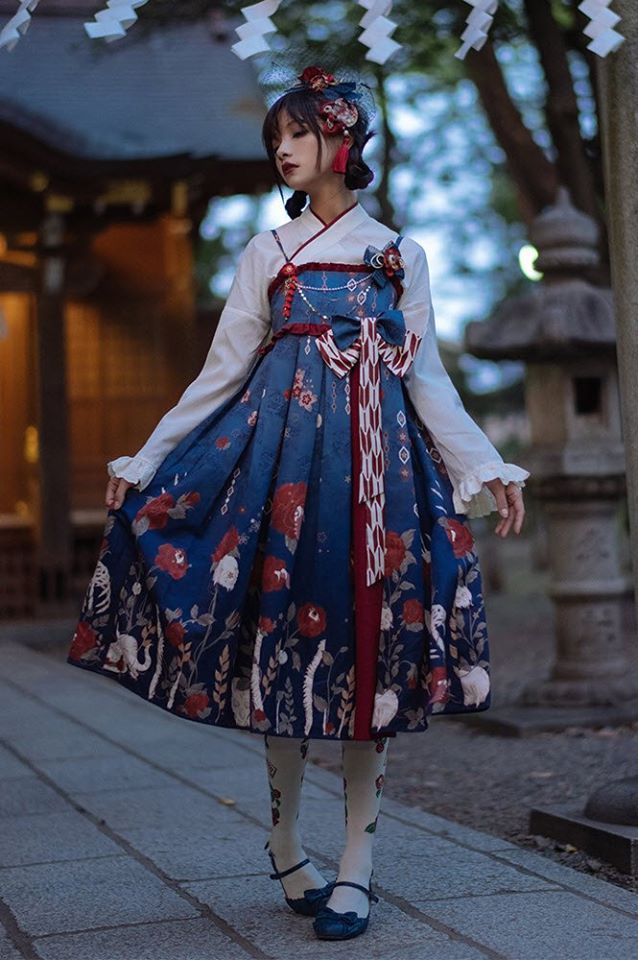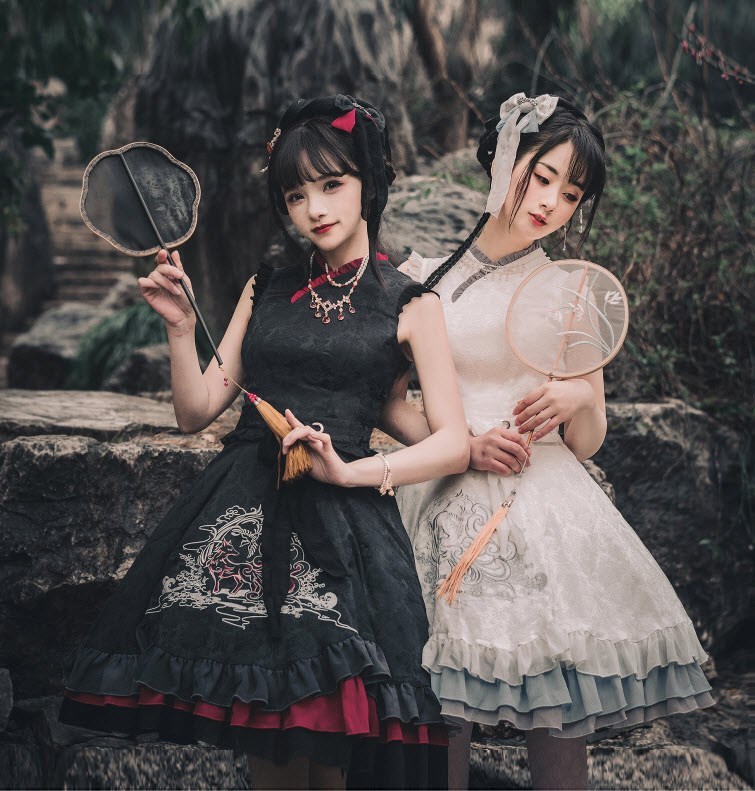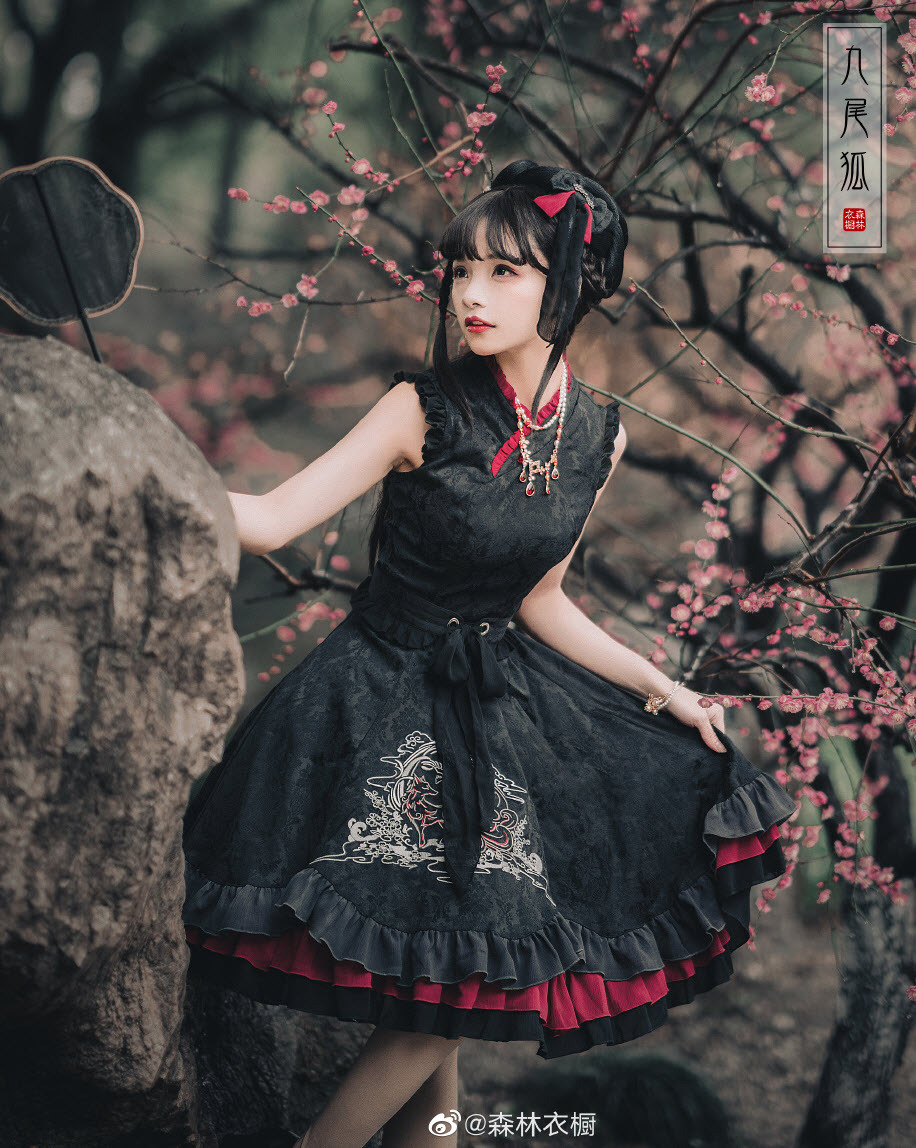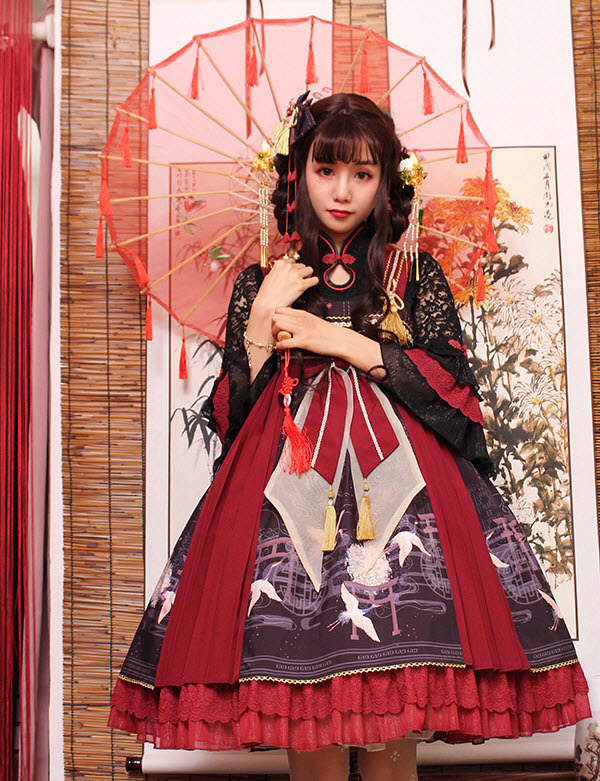“The voice of the sea is seductive; never ceasing, whispering, clamoring, murmuring, inviting the soul to wander for a spell in abysses of solitude; to lose itself in mazes of inward contemplation. The voice of the sea speaks to the soul. The touch of the sea is sensuous, enfolding the body in its soft, close embrace.”
(KIate Chopin, The Awakening)
 Philip Wilson Steer, Boulogne Sands, 1888-91
Philip Wilson Steer, Boulogne Sands, 1888-91
Philip Wilson Steer painted some rather dull landscapes and some very atmospheric interiors with dreamy girls, but his most unique and eye-catching paintings are these vivacious and vibrant beach scenes painted in the late 1880s and first half of the 1890s. The radiant colours and the sketchy style is what makes these paintings so unique and extraordinary.
At the age of eighteen, Steer wished to work for the Civil Service but found the entrance exams too demanding. We are fortunate that didn’t occur, for he probably would not have become a painter. He proceeded to study at the Gloucester School of Art and Kensington Drawing Schools, but he wasn’t quite good enough for the Royal Academy of Art. After being rejected by the Academy, Steer went to Paris and there he studied from 1882 to 1884, first at the Academie Julian and then at the École des Beaux Arts where his teacher was Alexandre Cabanel. Despite the years spent at the academies, Steer returned to England not as a Cabanel copy-cat, rather he was more influenced by the works of the Impressionists that he had seen. Steer often visited the picturesque coastal little towns of Walberwick and Southwald in Suffolk, for he had friends there, and he painted people, mostly mothers and daughters, having their holidays in the sun. Despite being inspired by the Impressionist, Steer didn’t go full plein air, that is, he didn’t paint outdoors. Whilst on the beach, Steer would enjoy the scenery and liveliness all around him, take many sketches in his sketchbook and then later turn them into proper paintings in his studio. That way he could capture many fun scenes that happened on the beach in the same day and transform them into canvases full of dots, dashes, textures, sketchy imprecise and harsh brushstrokes.

Philip Wilson Steer, Watching Cowes Regatta, 1892
These beach scenes may appear sketchy and spontaneous, but Steer actually carefully planned each one and often took years to finish them. Each of them has a unique beauty; “Watching Cowes Regatta” has a wonderfully serene harmony of gentle blue tones and is reminiscent of some of Whistler’s paintings, in “Children Paddling” the water just shines and glimmers and the blueness is overwhelming, in “Girls Running” the two figures of girls dressed in matching dresses and matching red sashes is the most striking, and notice how they are not holding their hands, but their shadows are, in “Figures at the Beach” everything disappears in a blueish haze and the three girls in blue and white dresses are as sketchy as can be to still look recognisable, in “The Beach at Walberswick” the red is so intense and pulsating and contrasts beautifully with the blueness of the sea, and in the last painting what strikes me the most is how sketchy and nearly see-through the figures in the foreground are. A wonderful brushwork and a wonderful vibrancy of shades and colours constrasts truly make these beach scenes tangible and alive; one can hear the waves, the seagulls and the laughter of all these girls, feel the magic of the glimmering sea and feel the pebbles or sand underfoot.
“There were days when she was very happy without knowing why. She was happy to be alive and breathing, when her whole being seemed to be one with the sunlight, the color, the odors, the luxuriant warmth of some perfect Southern day. She liked then to wander alone into strange and unfamiliar places. She discovered many a sunny, sleepy corner, fashioned to dream in. And she found it good to dream and to be alone and unmolested.” (Kate Chopin, The Awakening)

Philip Wilson Steer, Walberswick, Children Paddling, 1894

Philip Wilson Steer, Girls Running, Walberswick Pier, 1888-94

Philip Wilson Steer, Figures on the Beach, Walberswick, 1888-89

Philip Wilson Steer, The Beach at Walberswick, 1889

Philip Wilson Steer, Southwold, 1889
Tags: 1880s, 1888, 1891, art, beach, beach scene, blue, Charles Conder, girls, Painting, red, sand, Sea, Summer, vibrant colours, warm
 Claude Monet, The Red Cape (Madame Monet or The Red Kerchief), 1868
Claude Monet, The Red Cape (Madame Monet or The Red Kerchief), 1868






























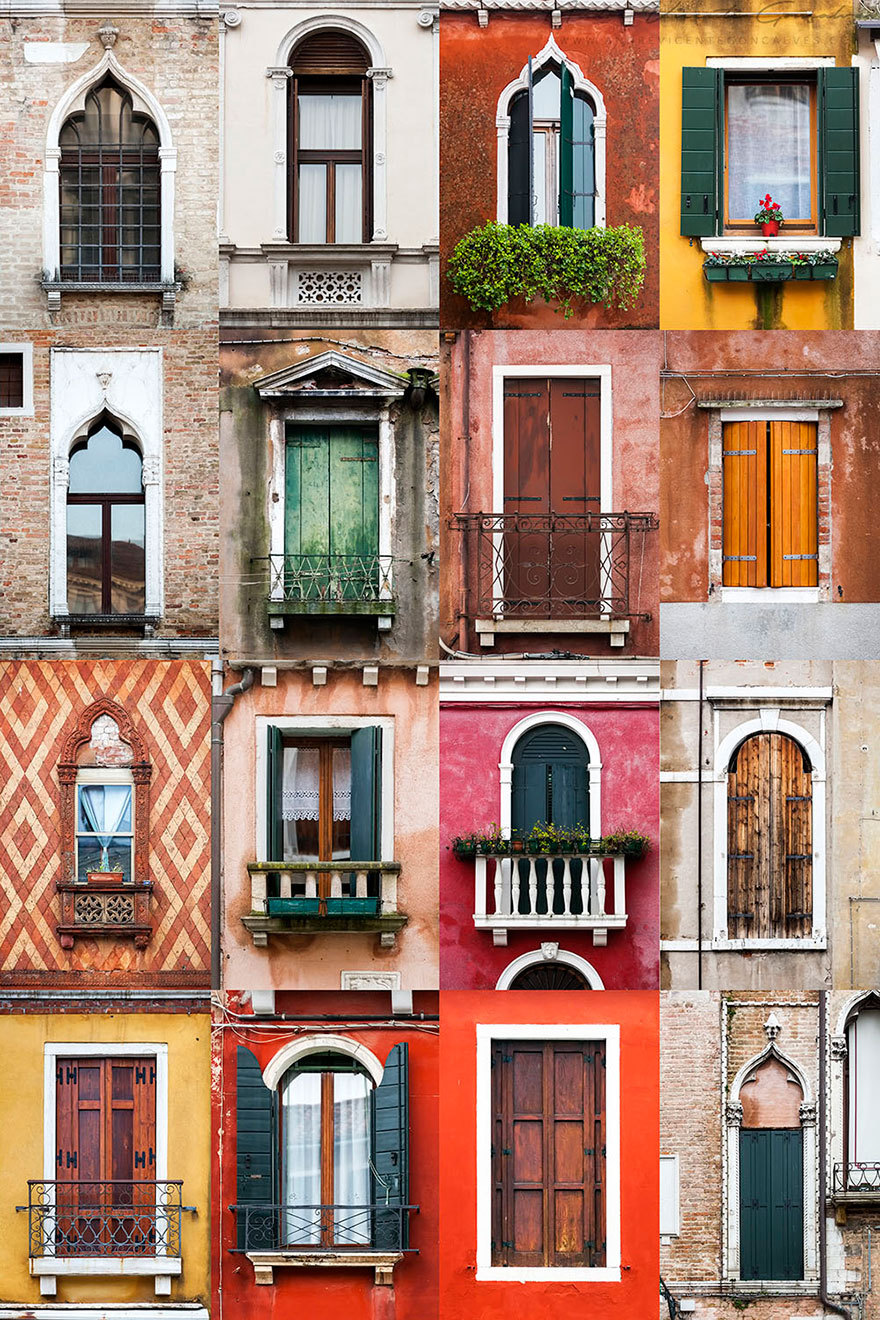

















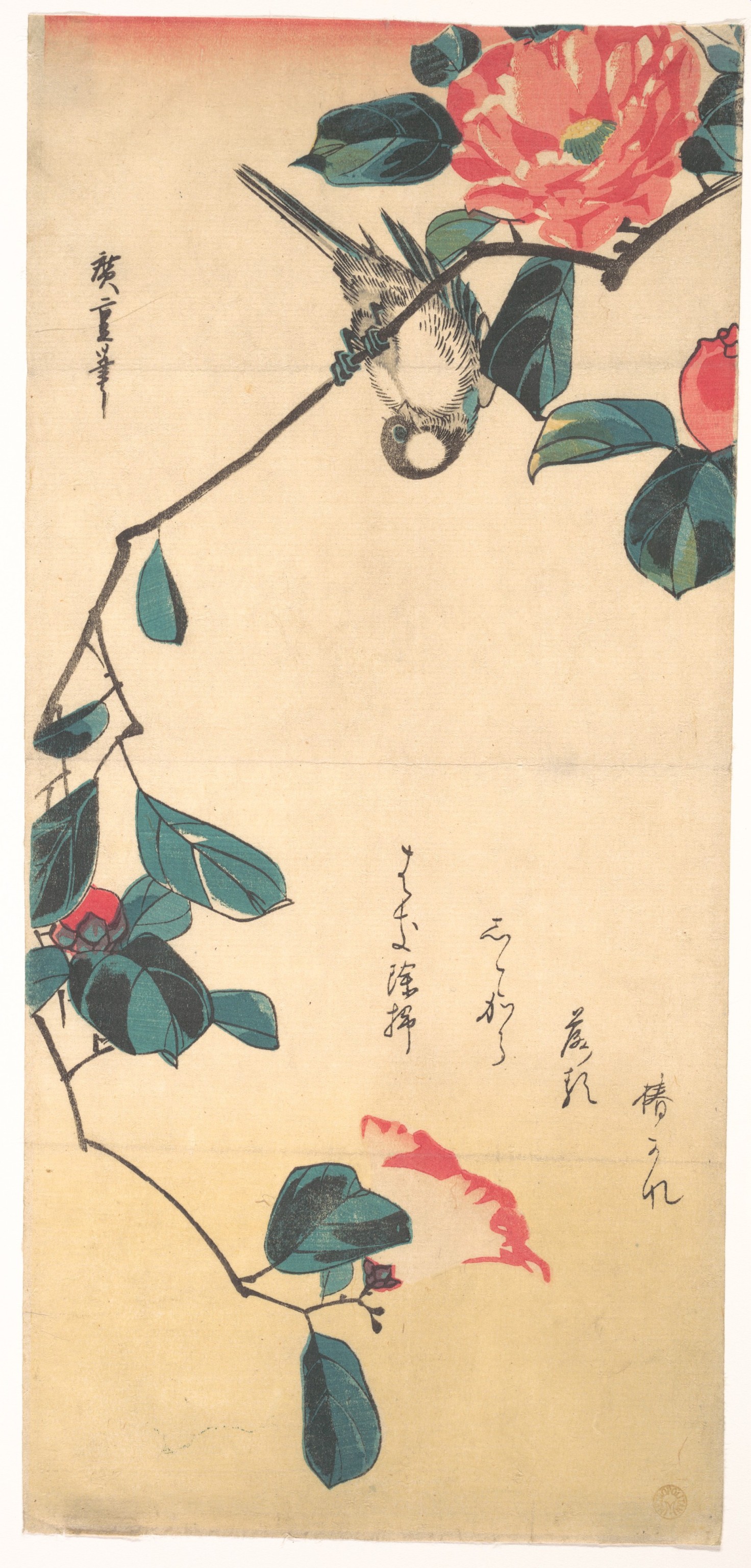










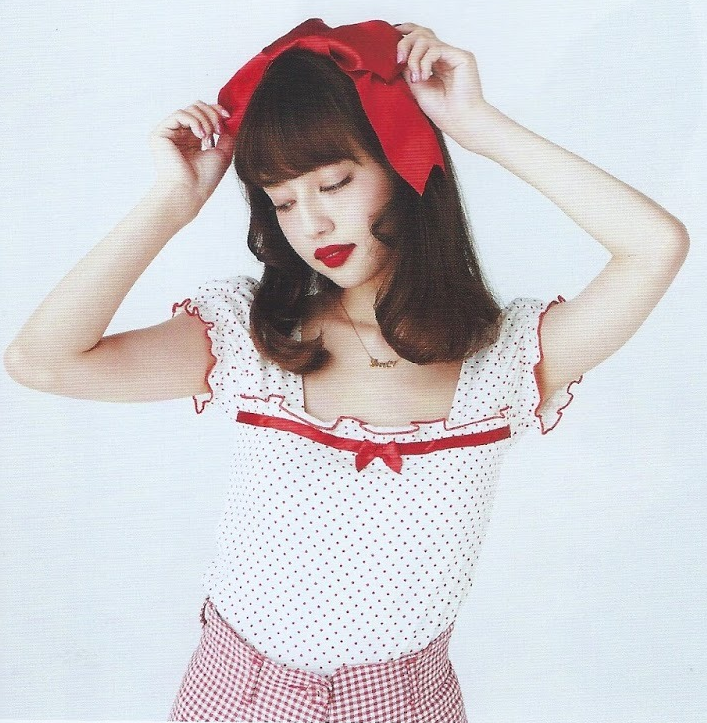













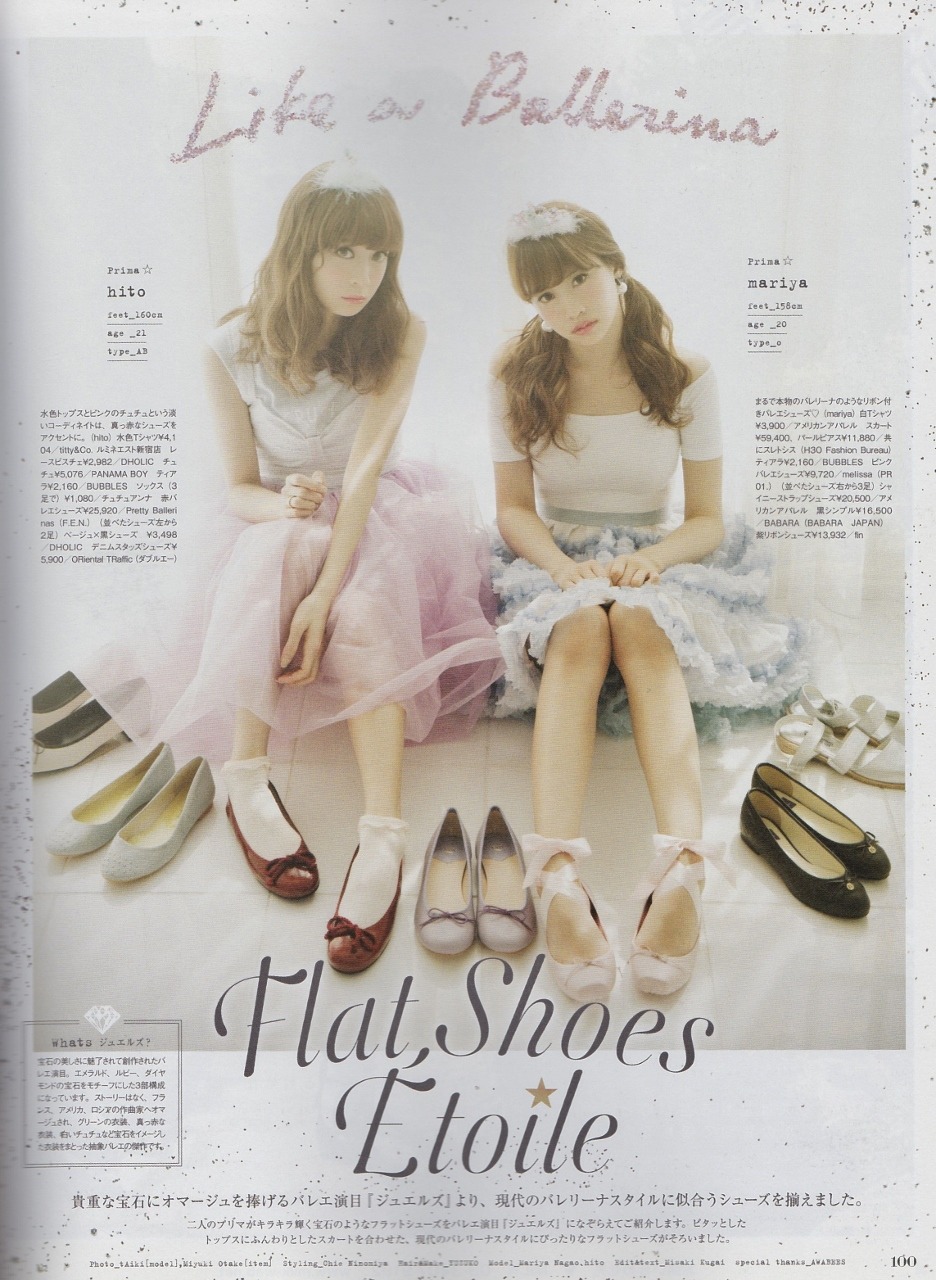

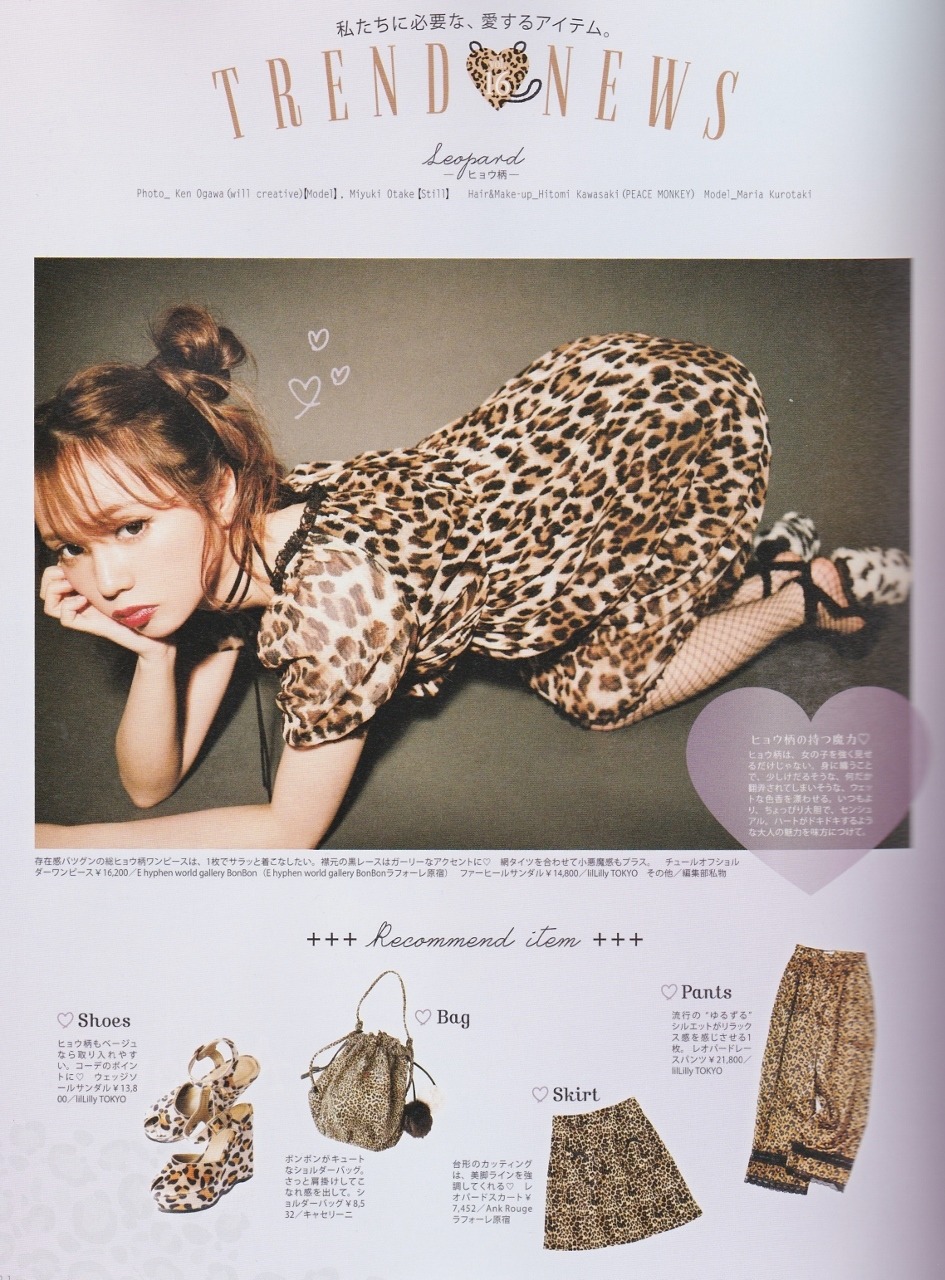






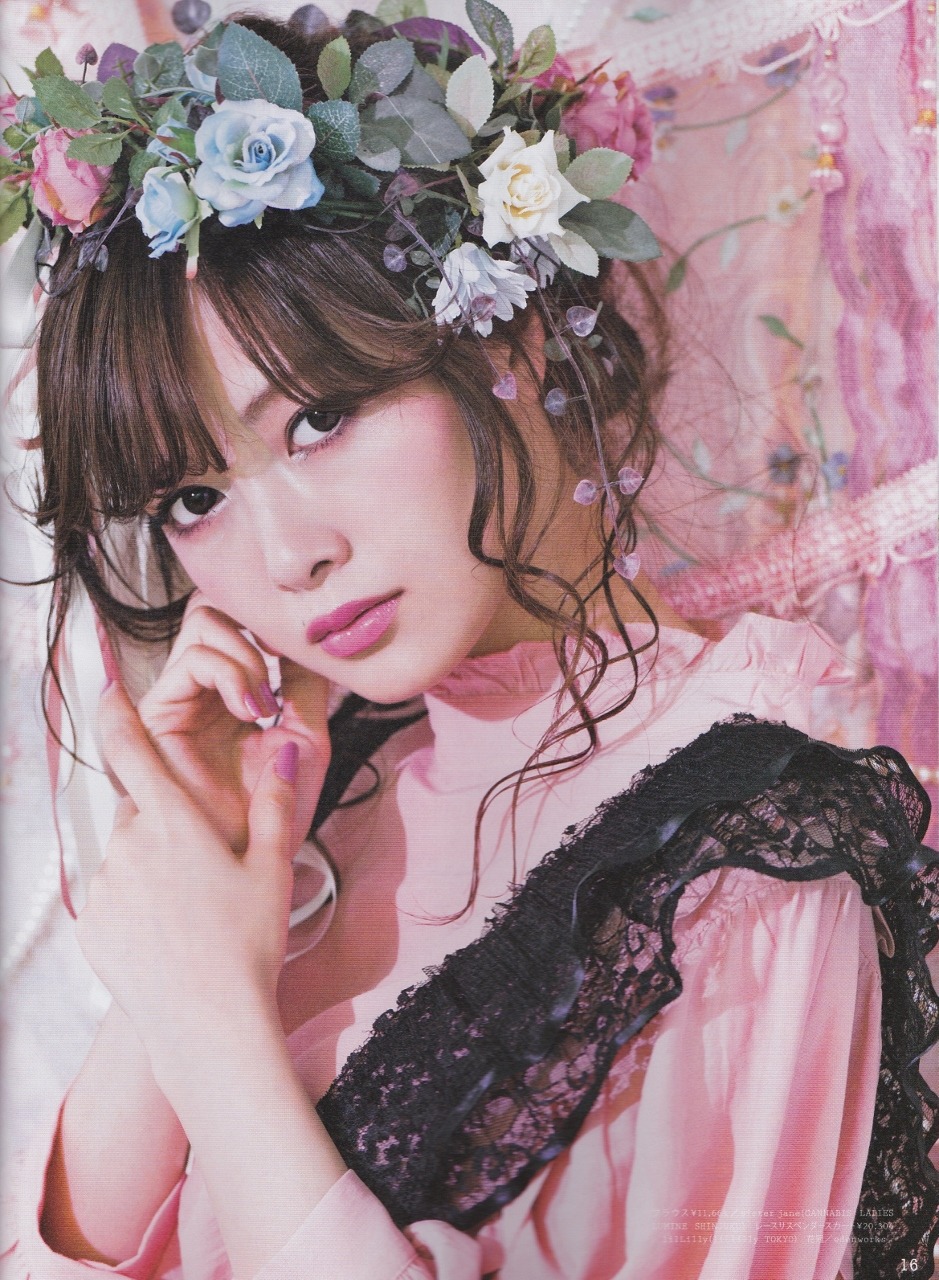




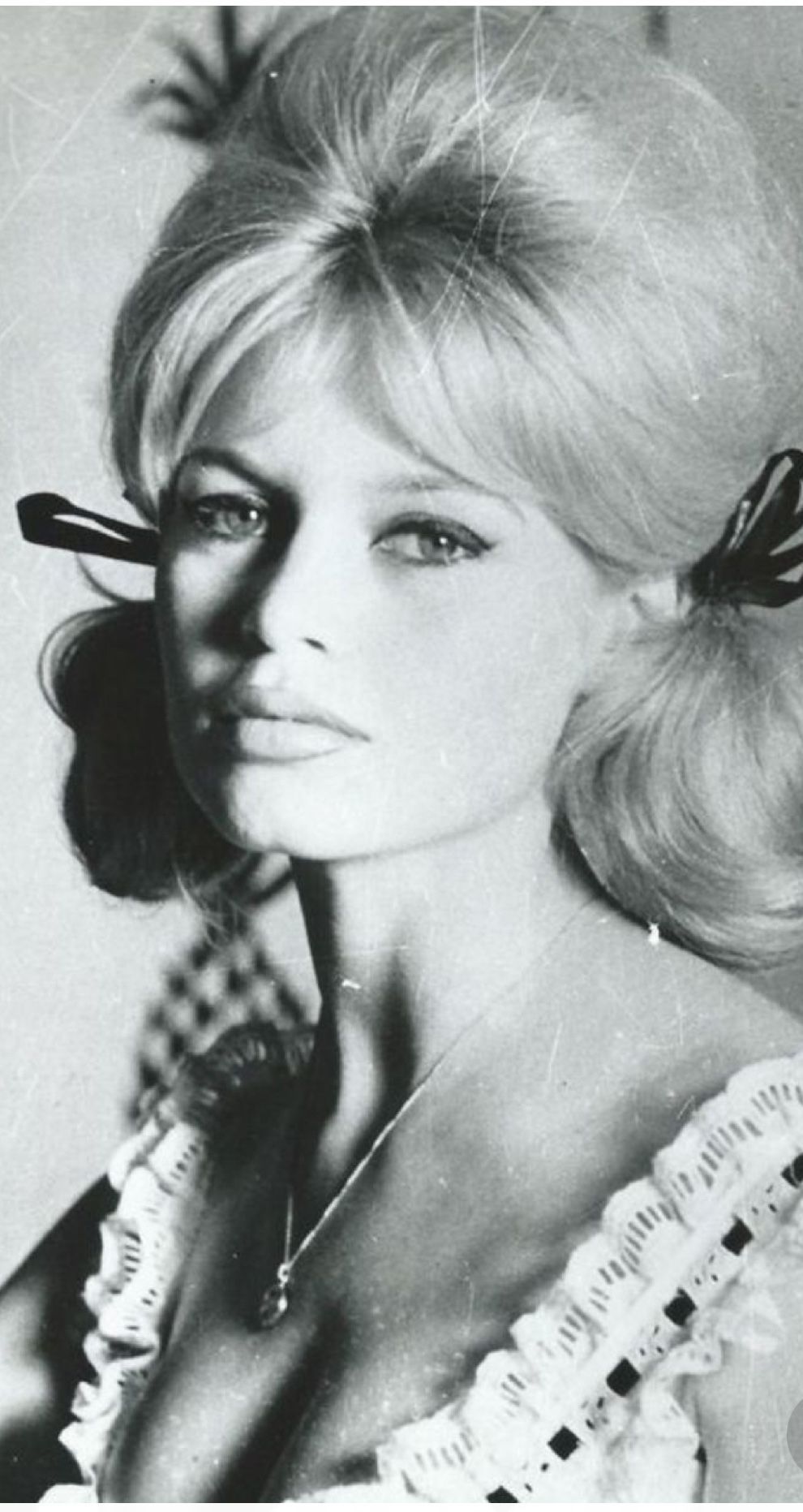



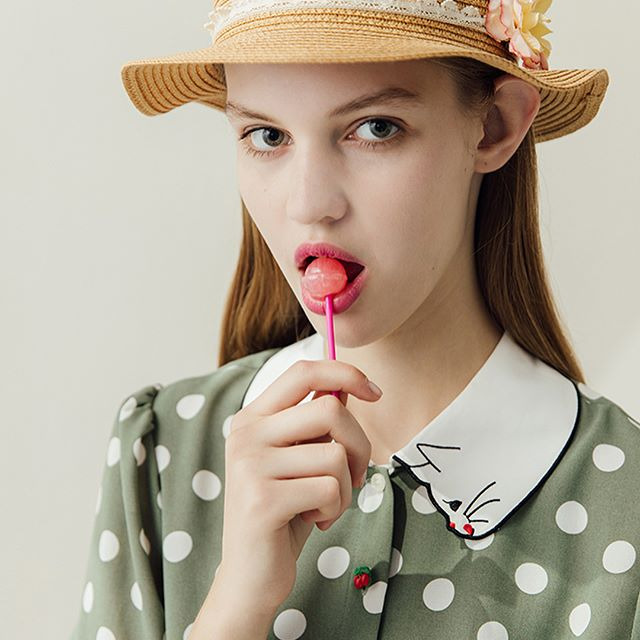








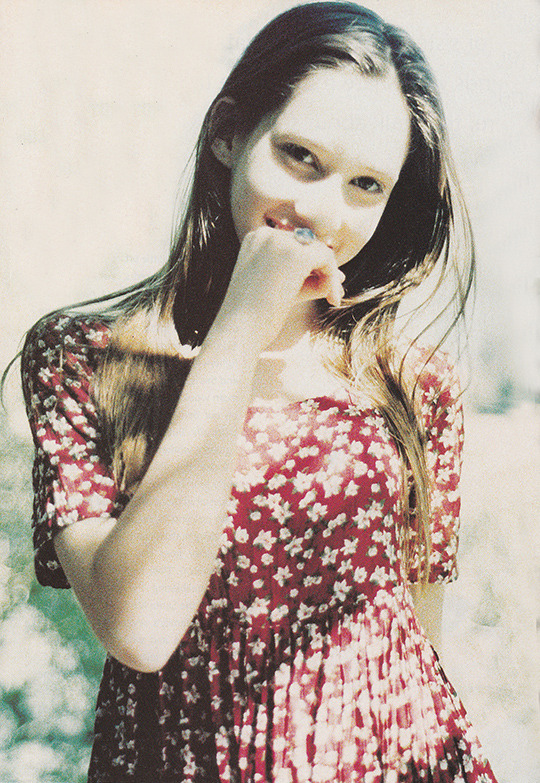




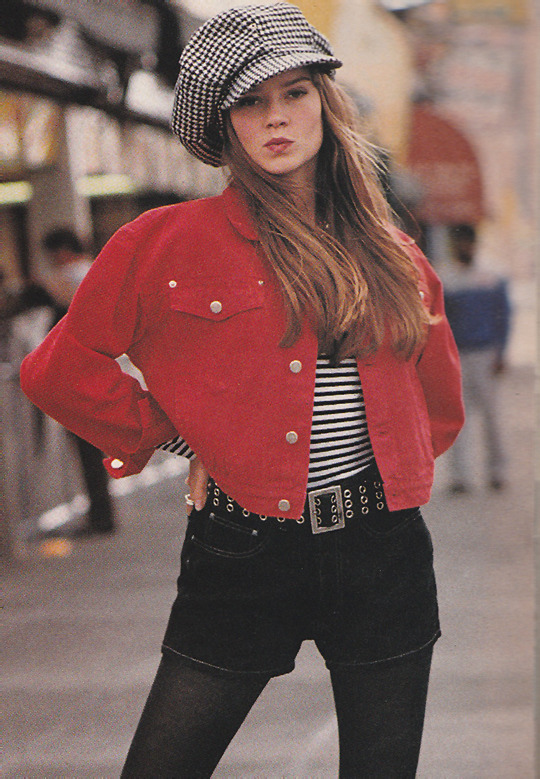
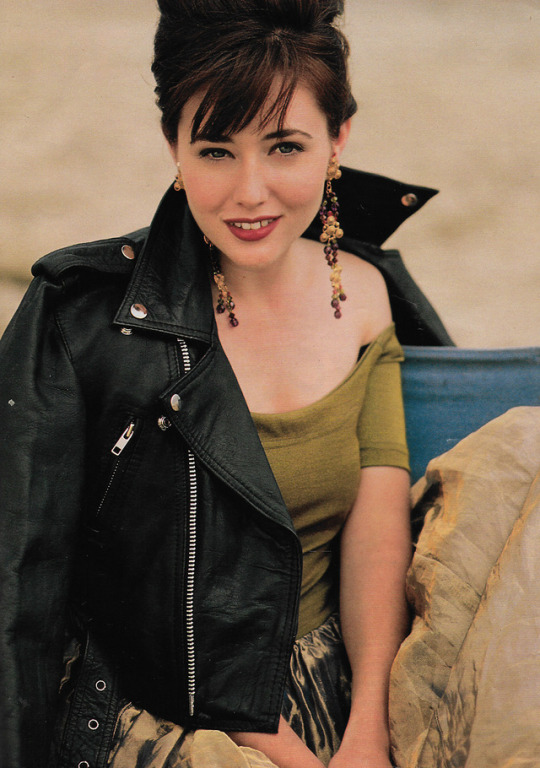
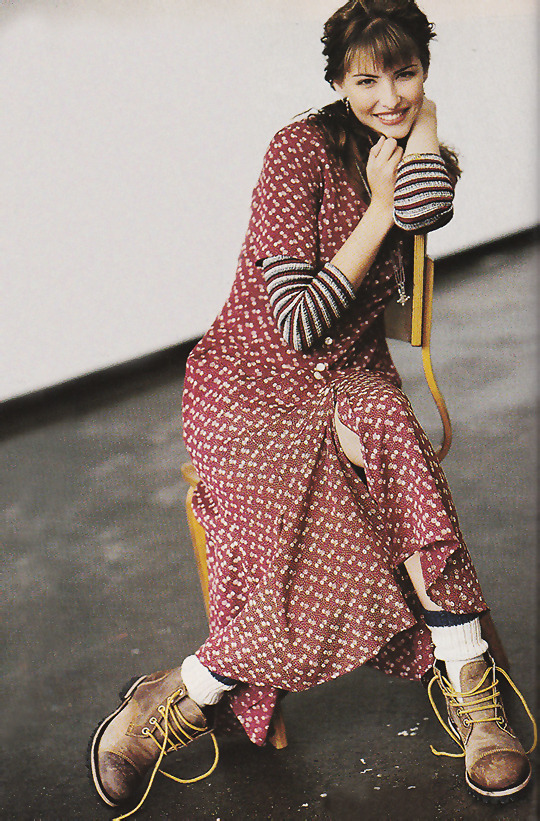
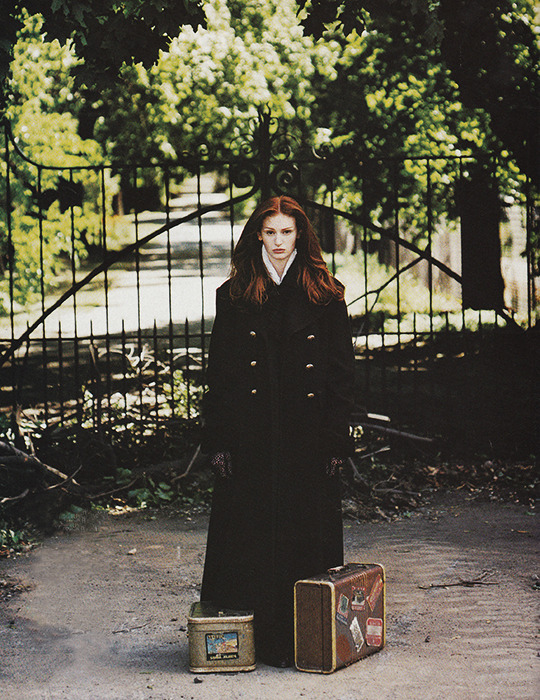


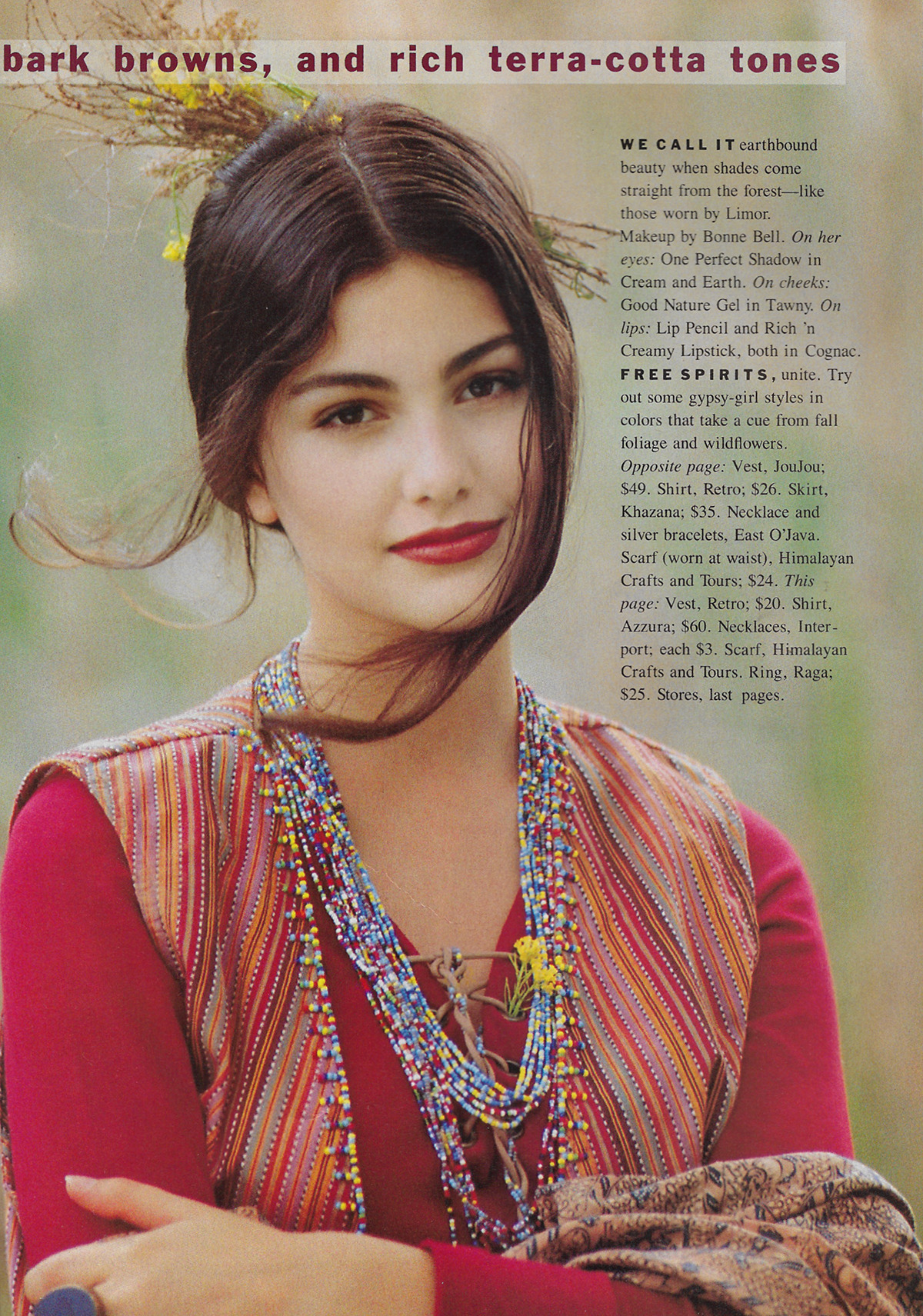
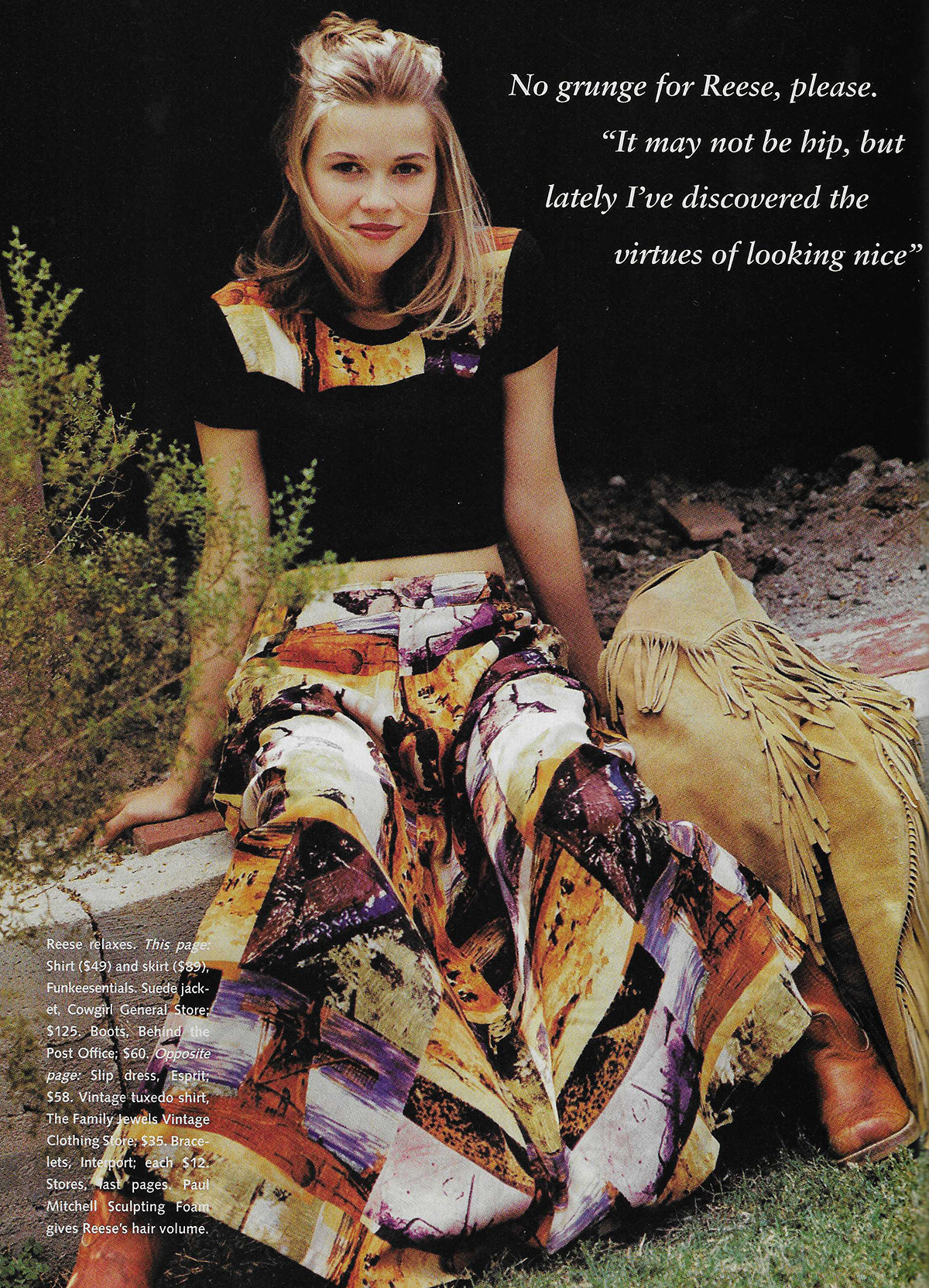
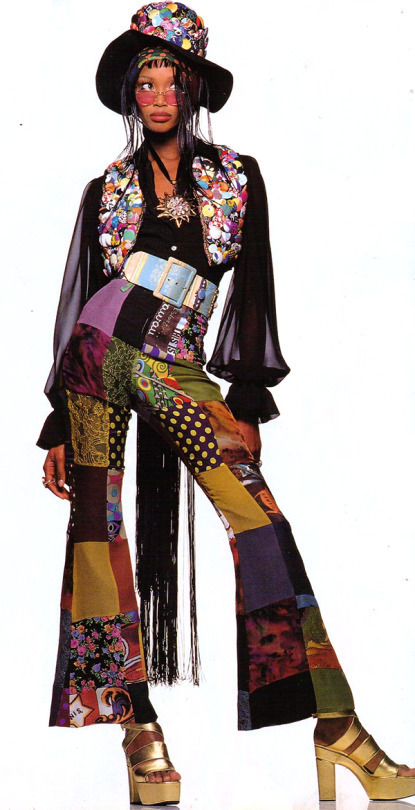
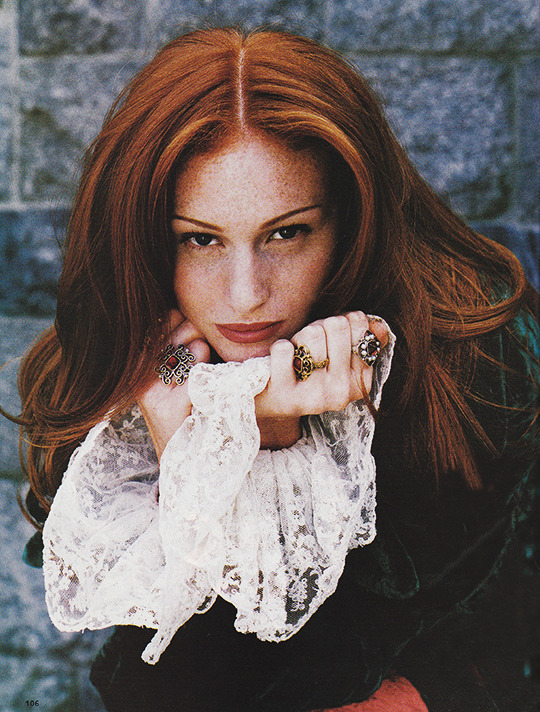

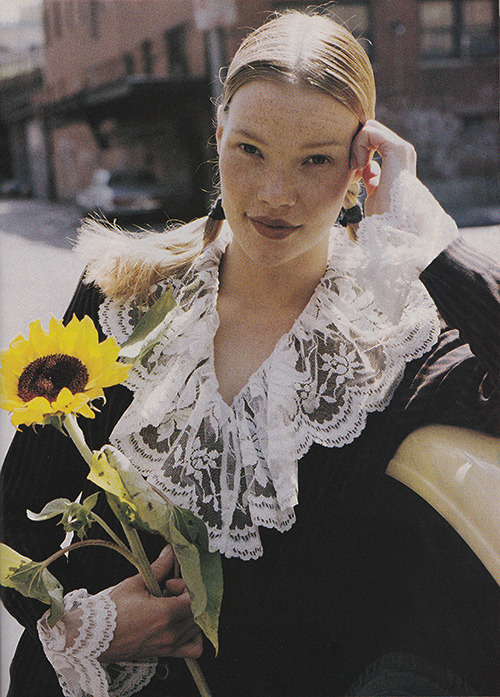
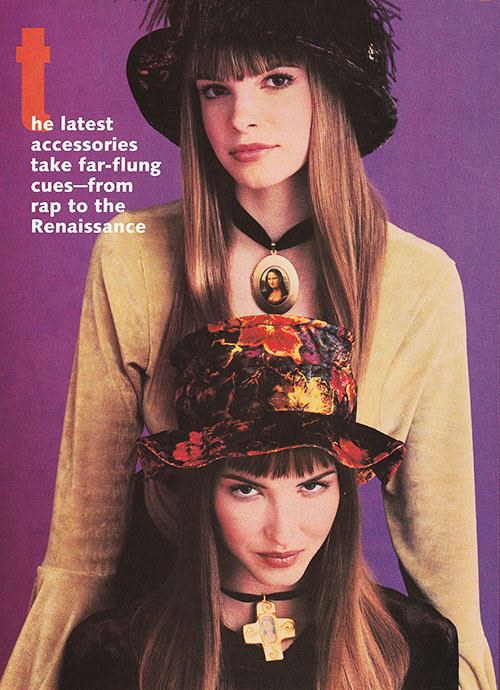

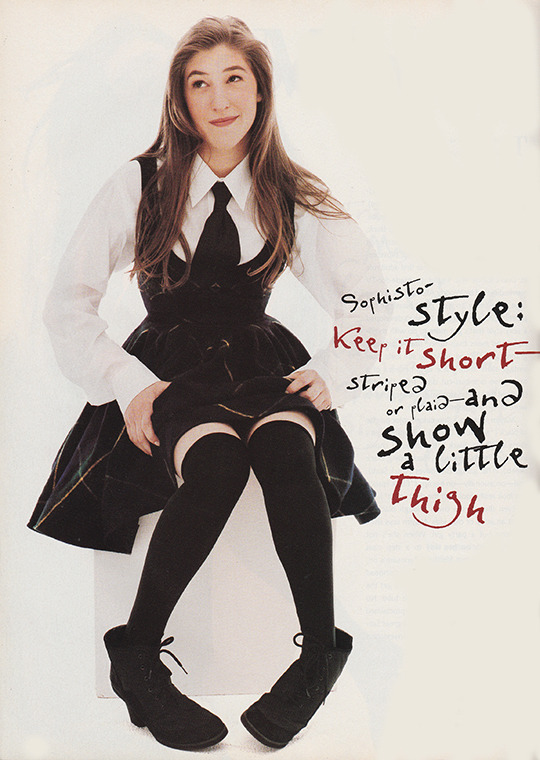
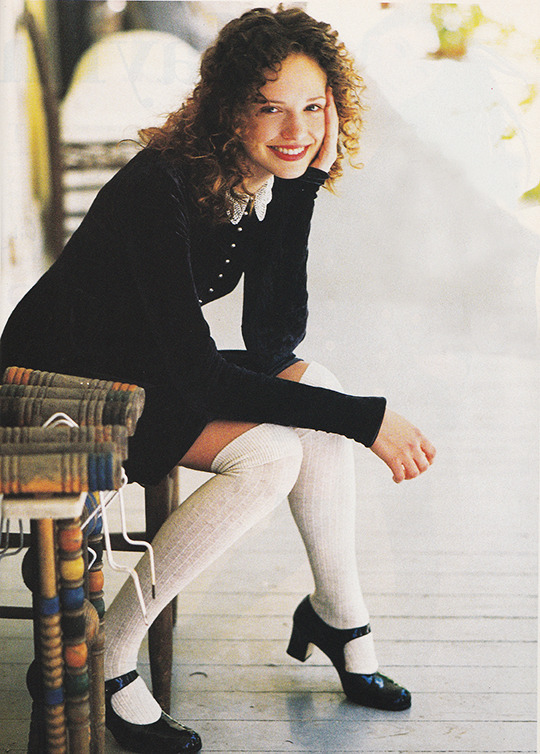
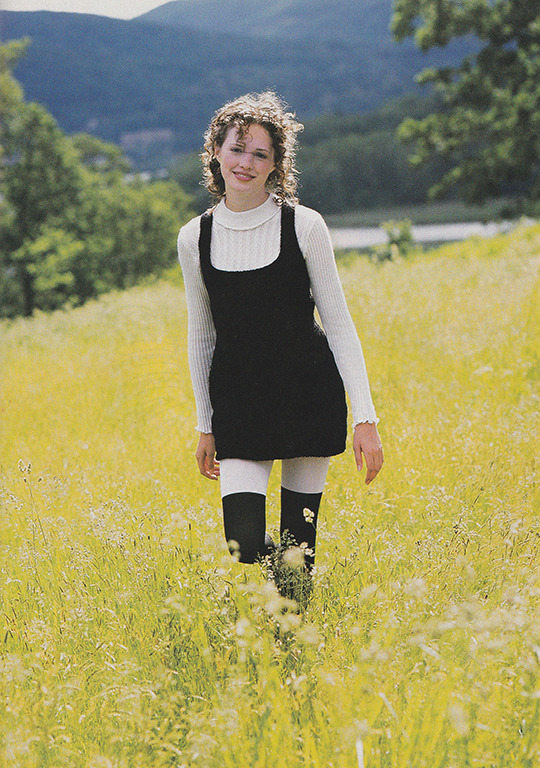












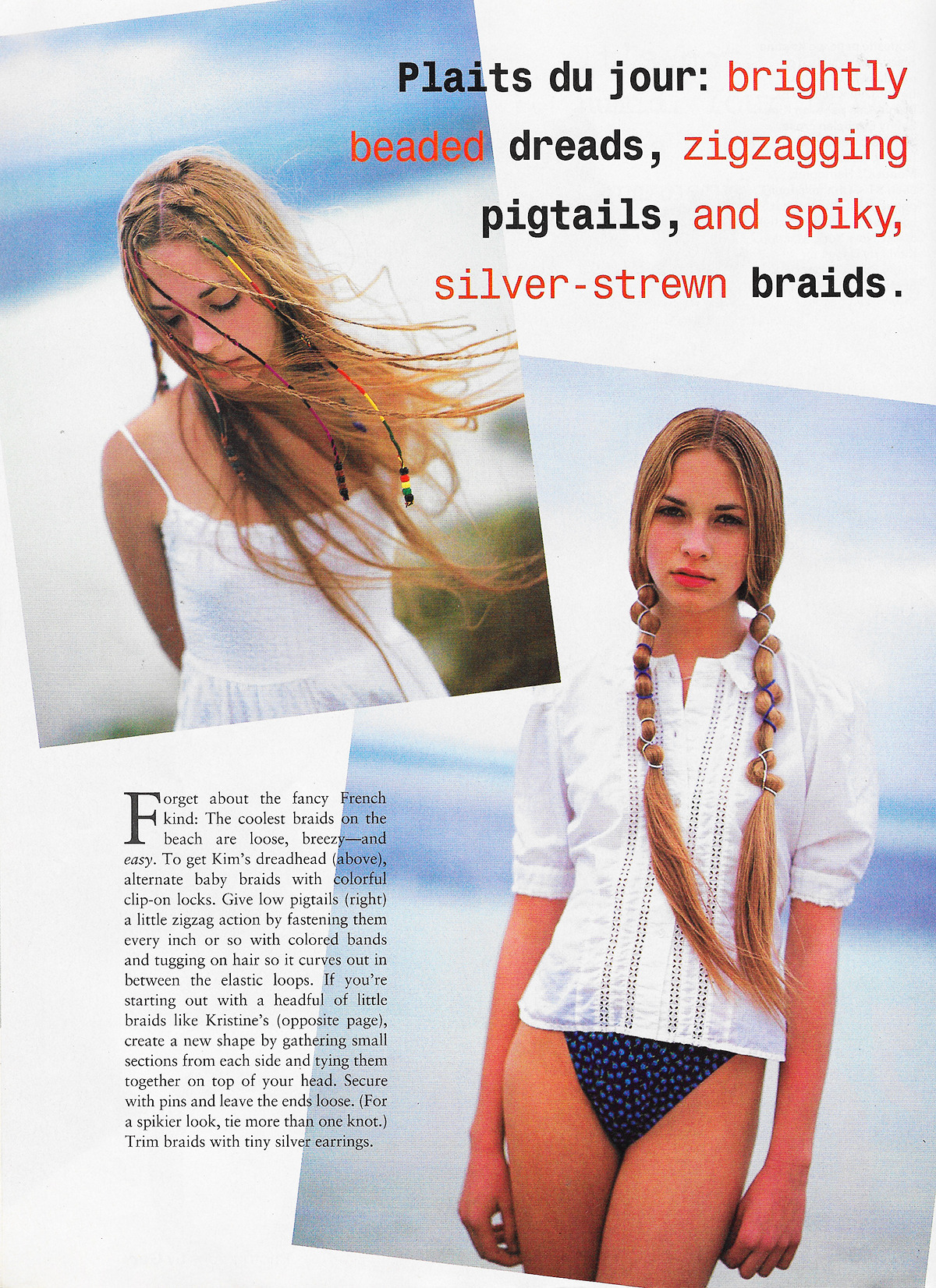


 Majority of pictures found
Majority of pictures found 







